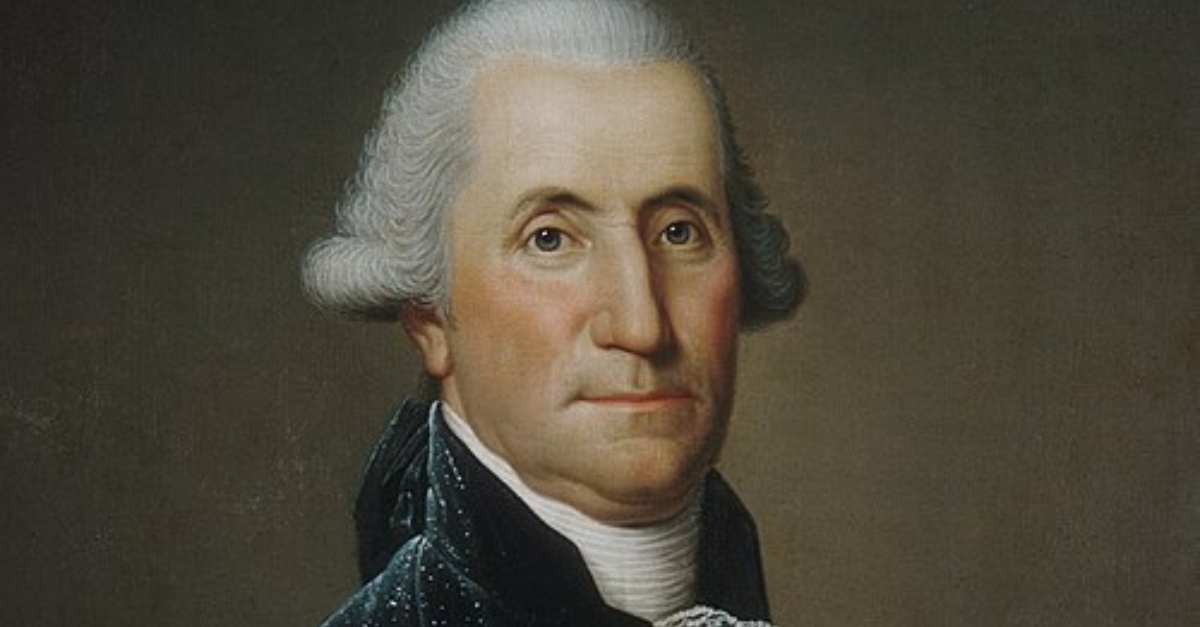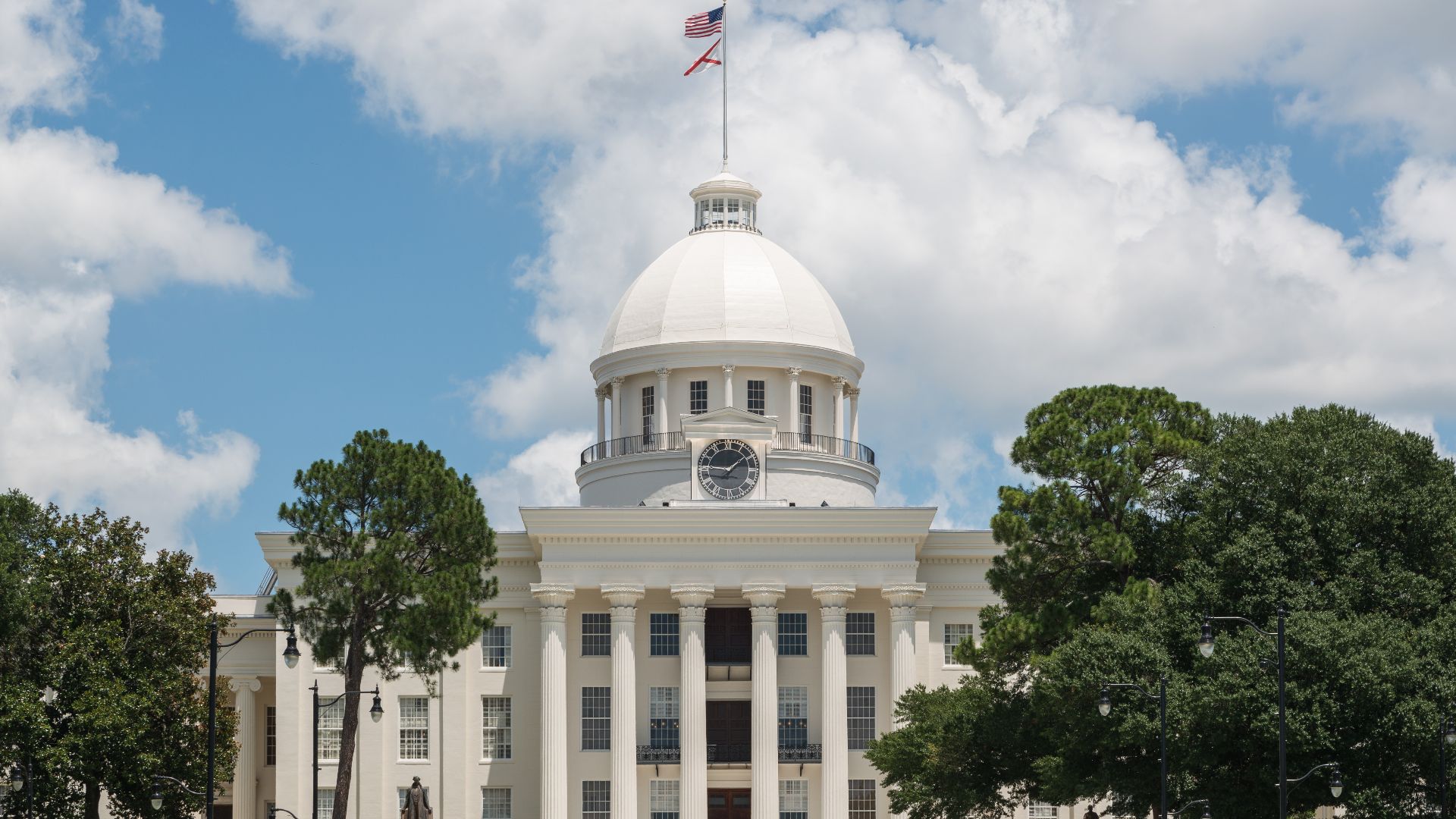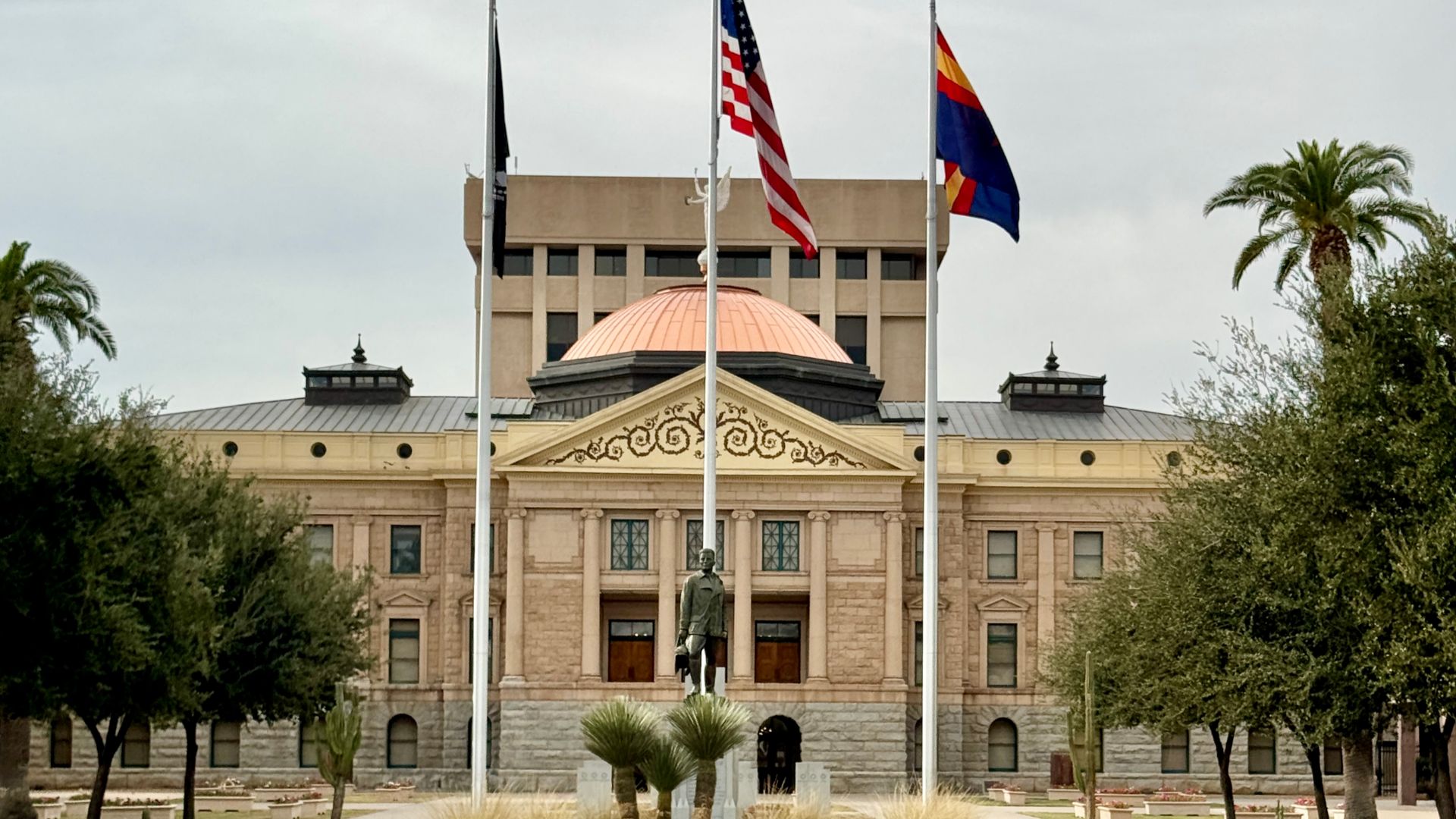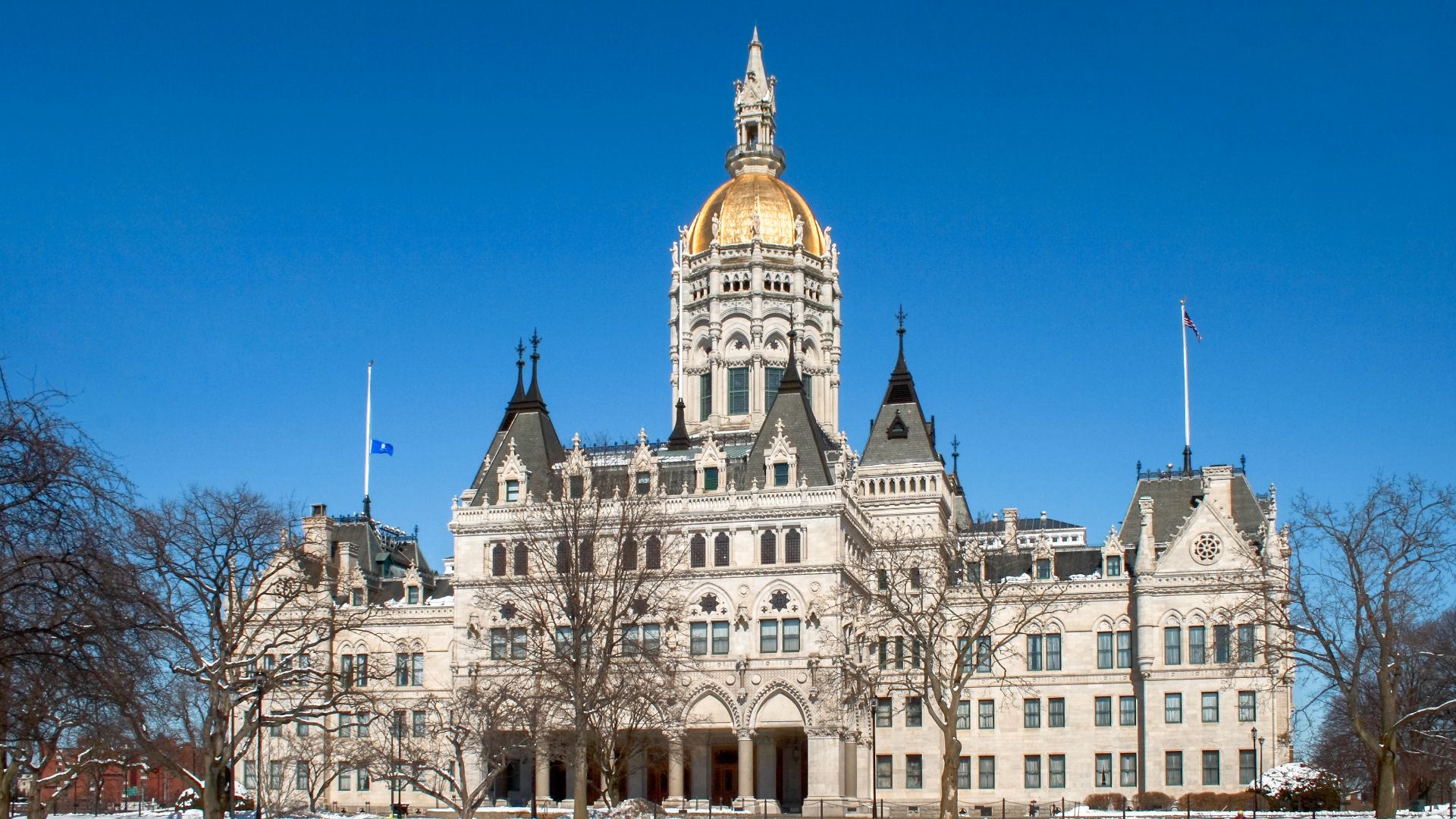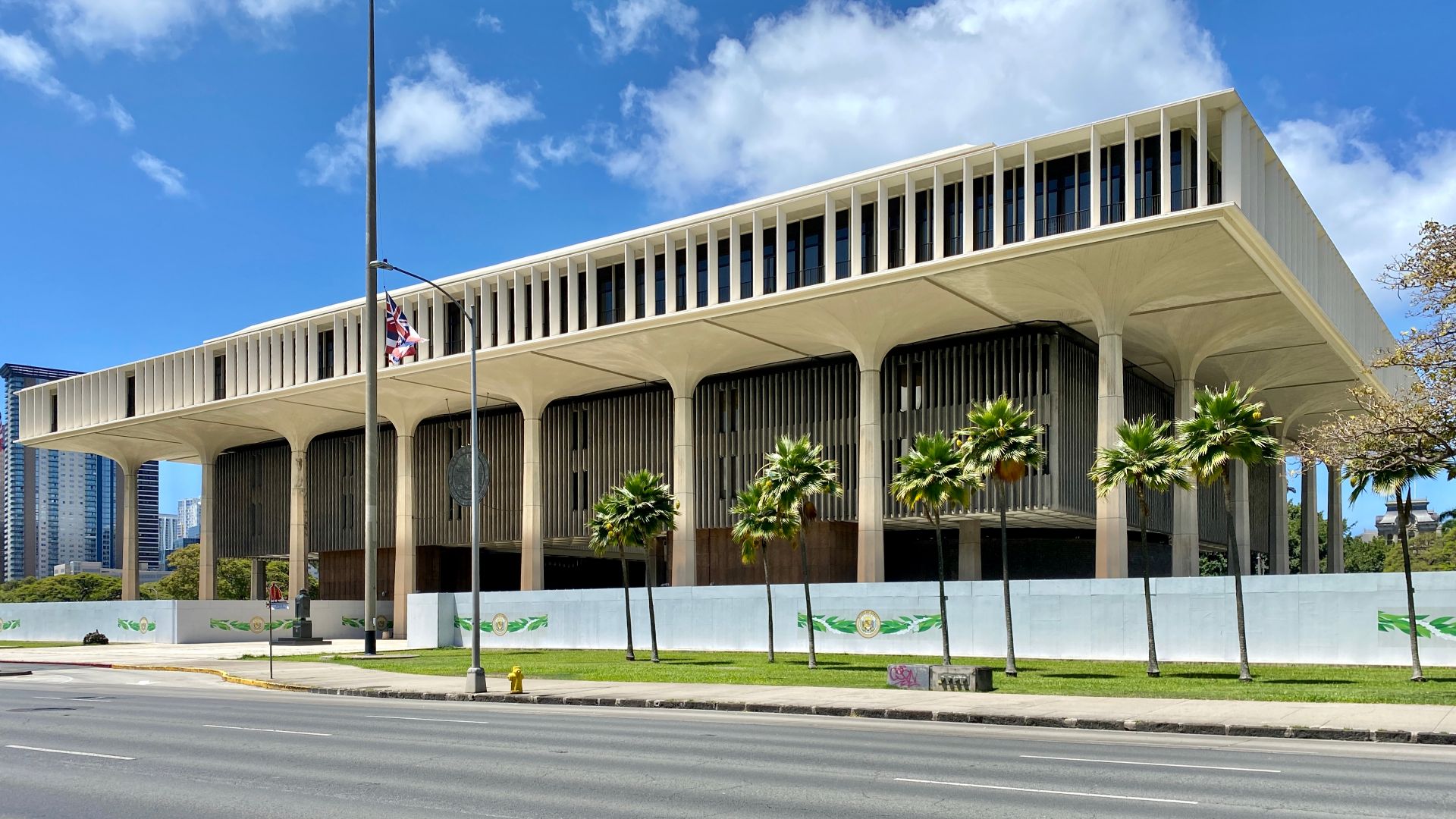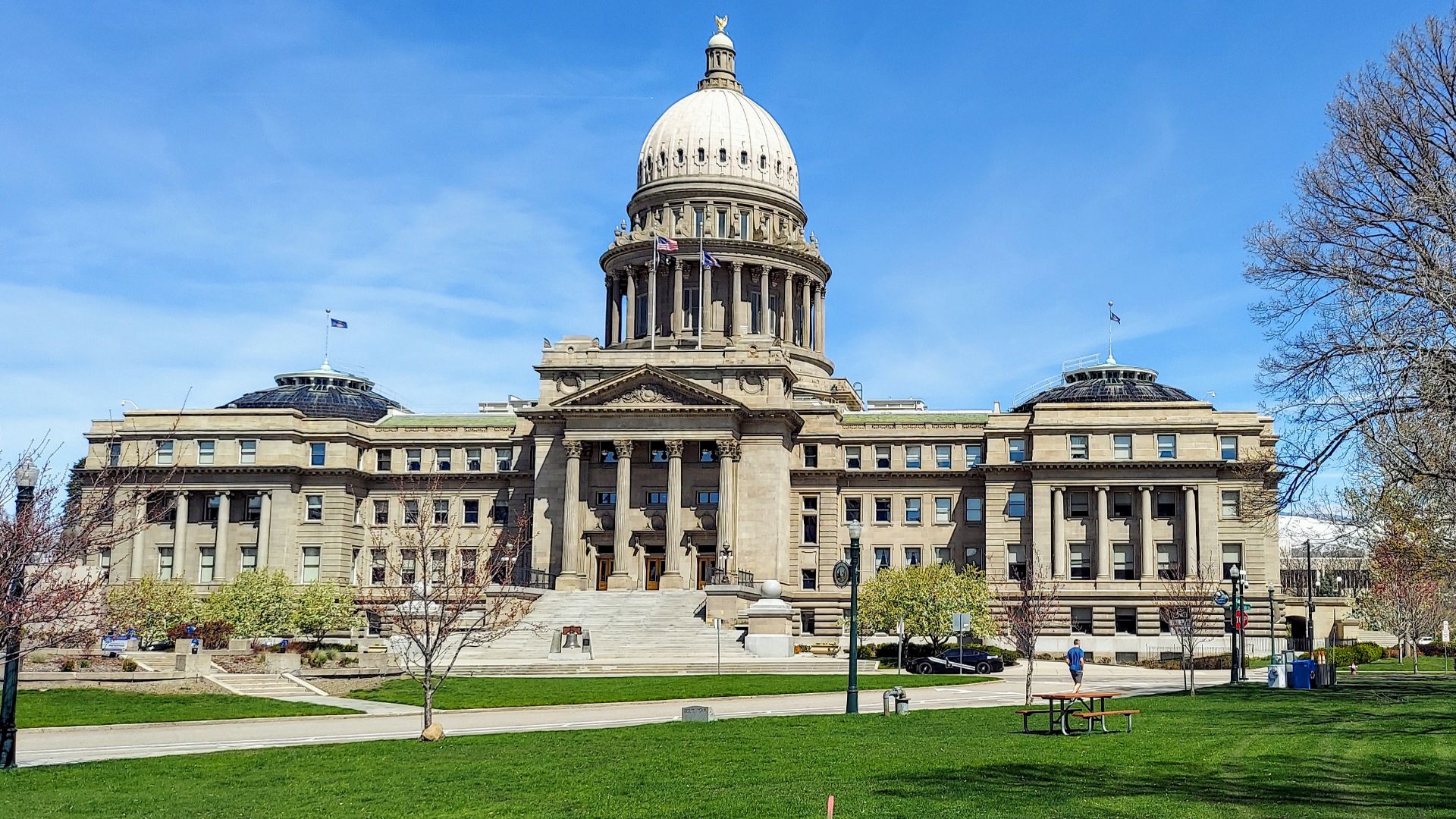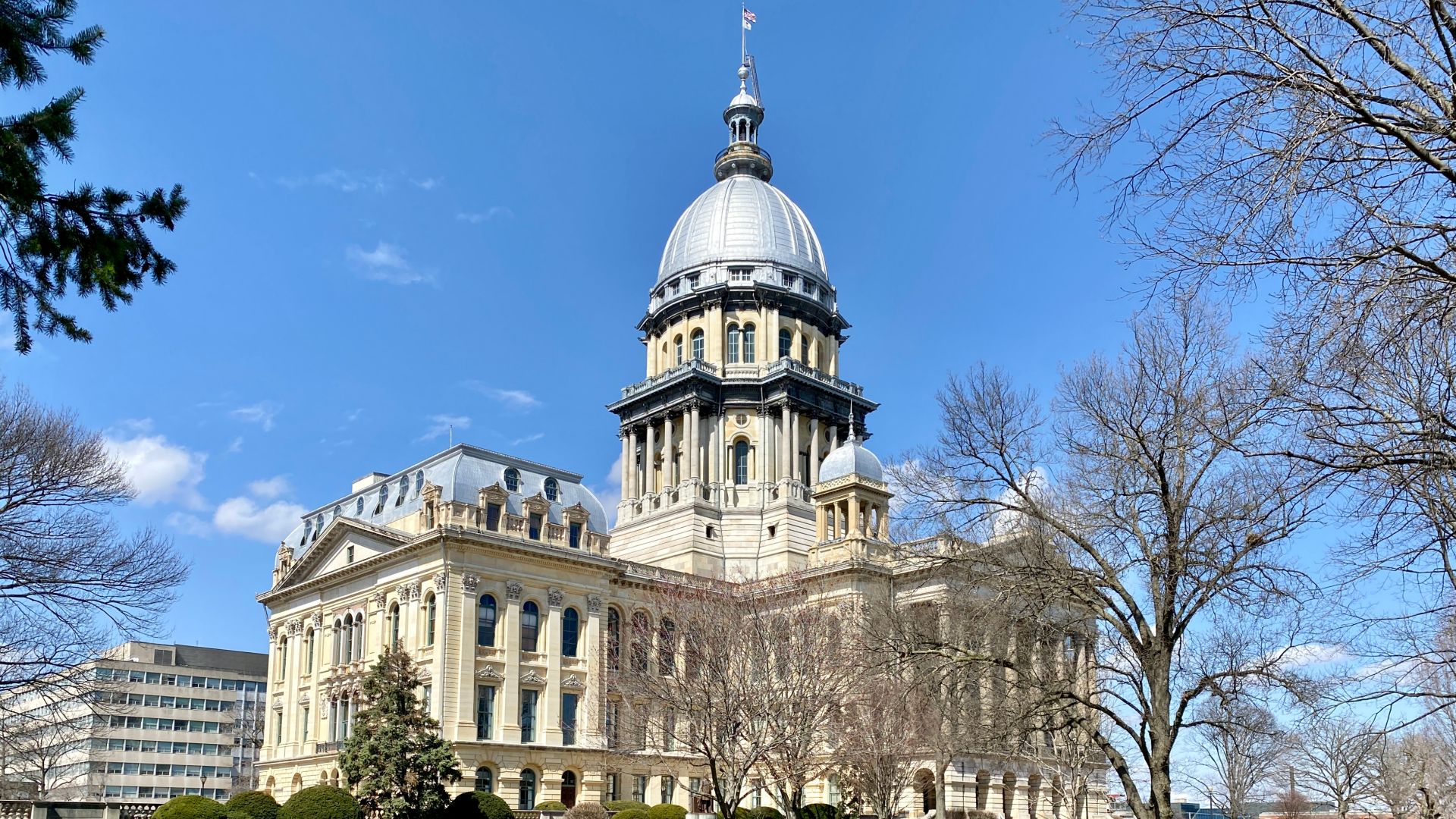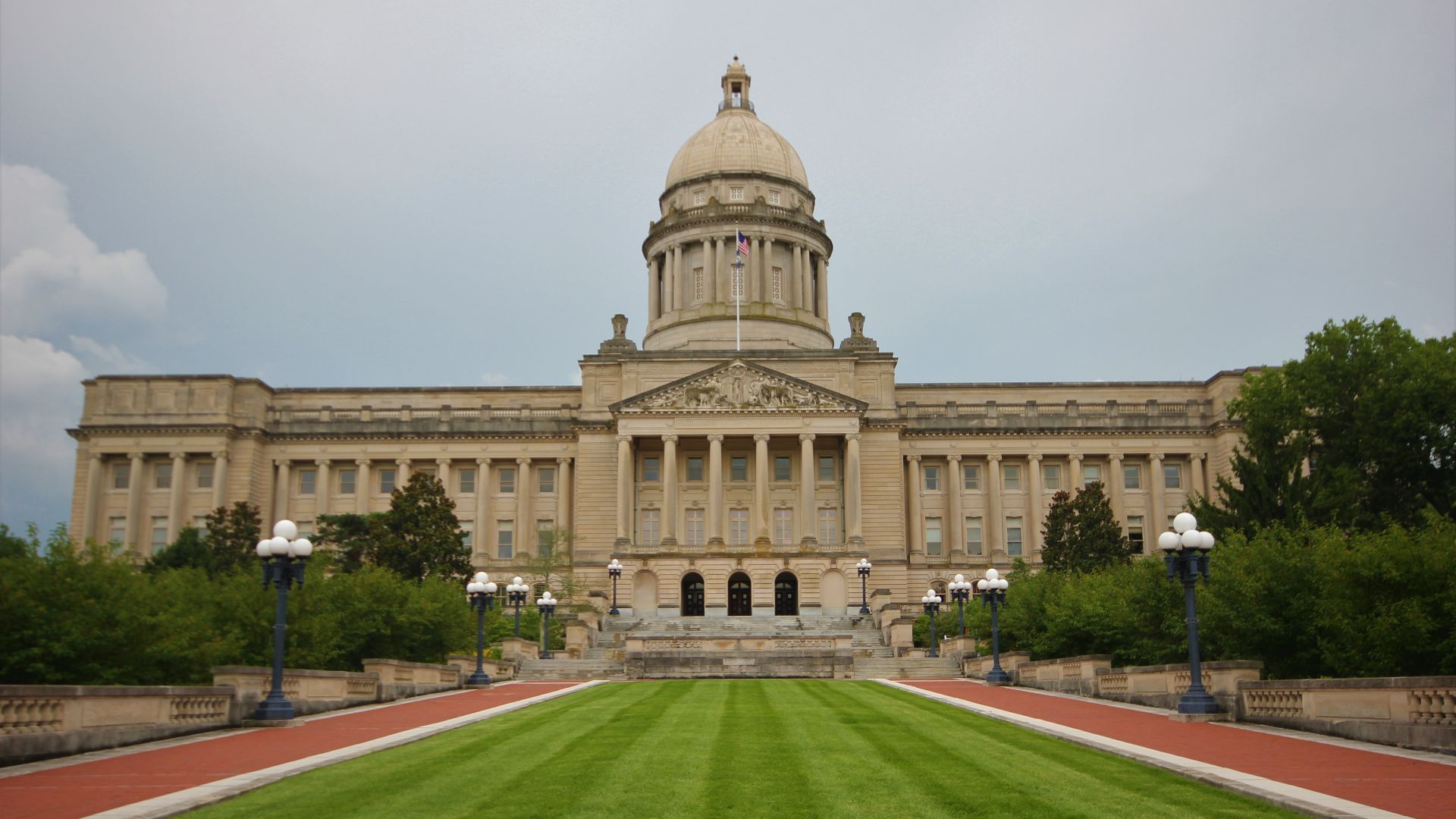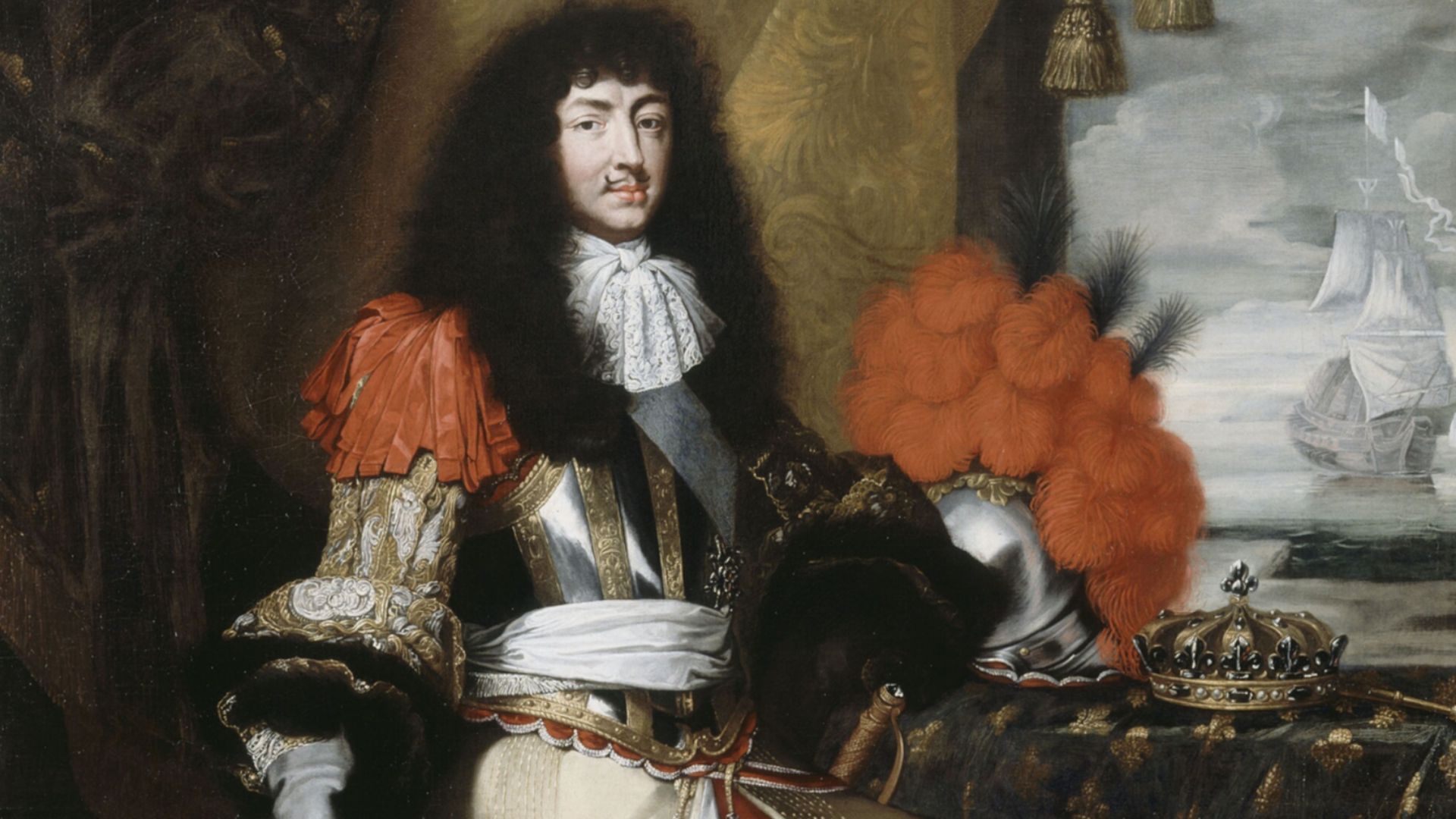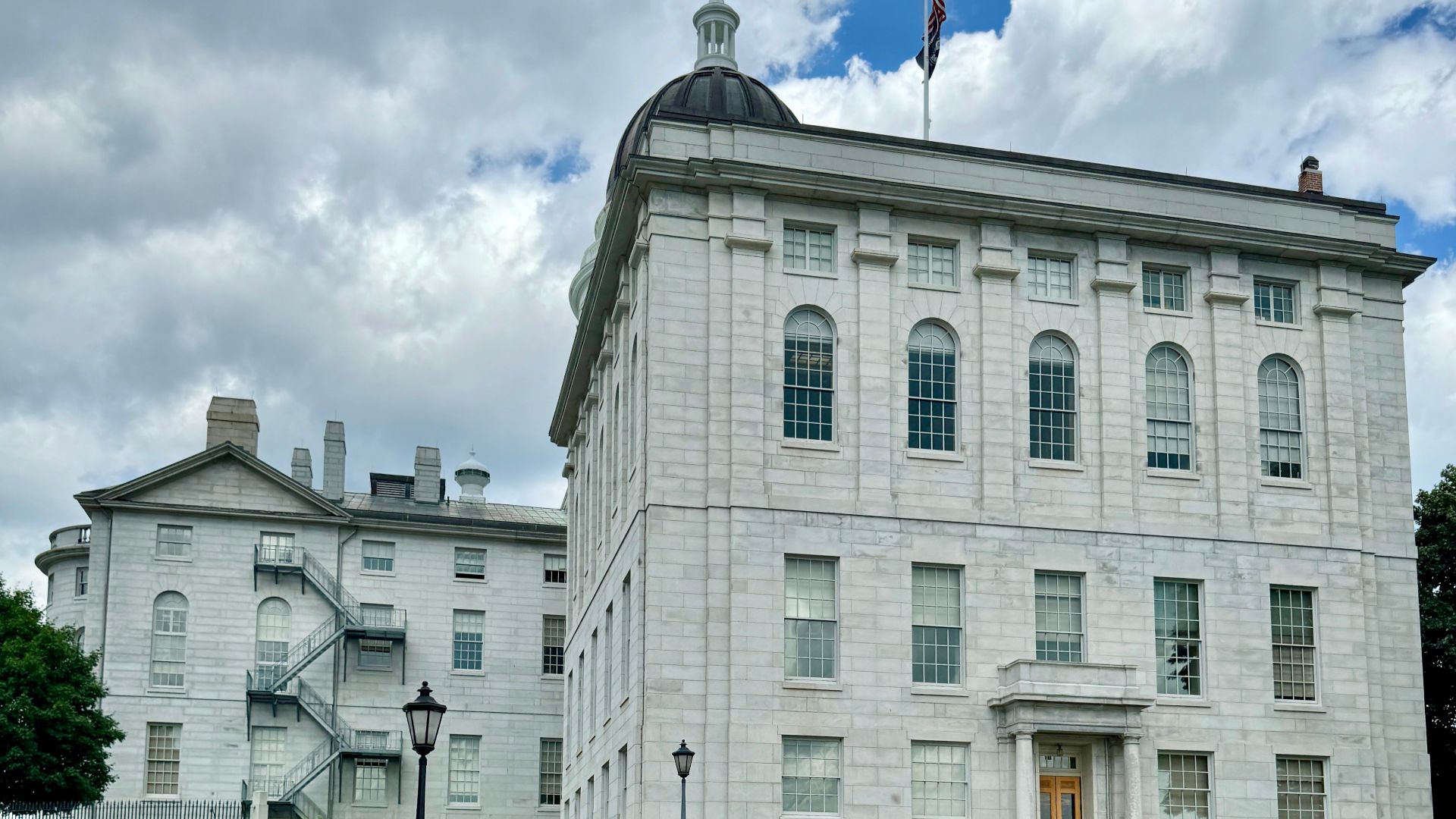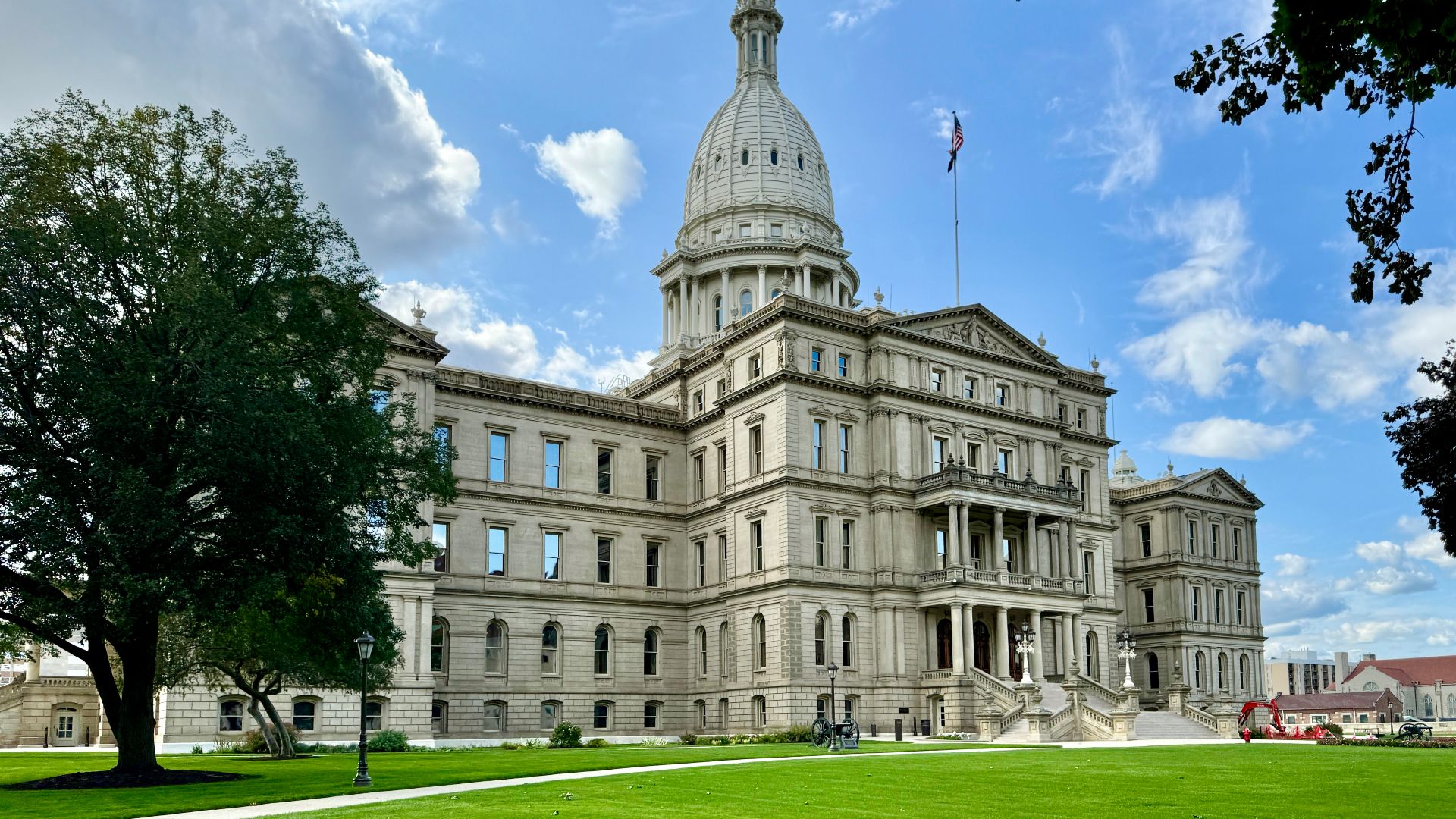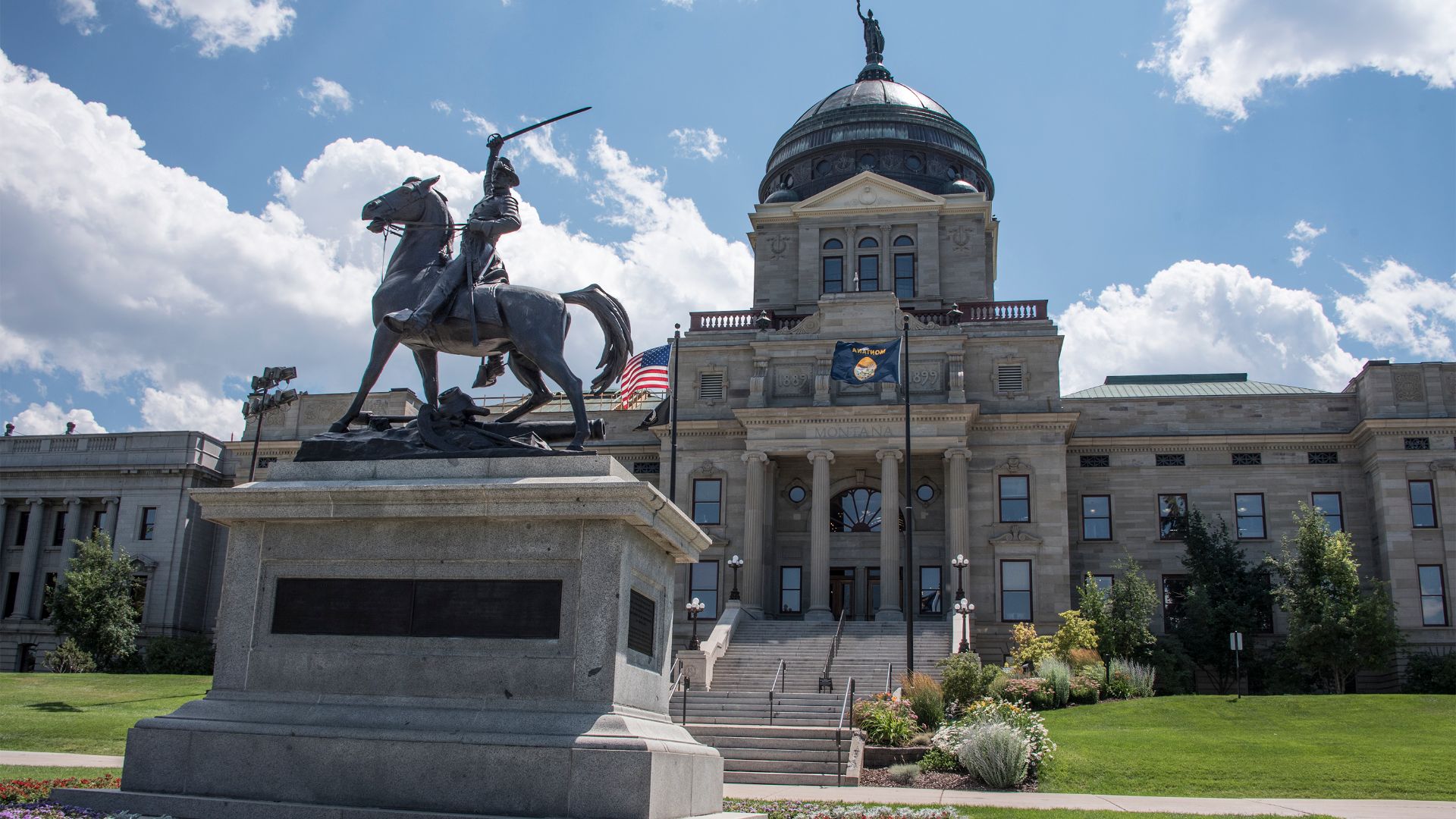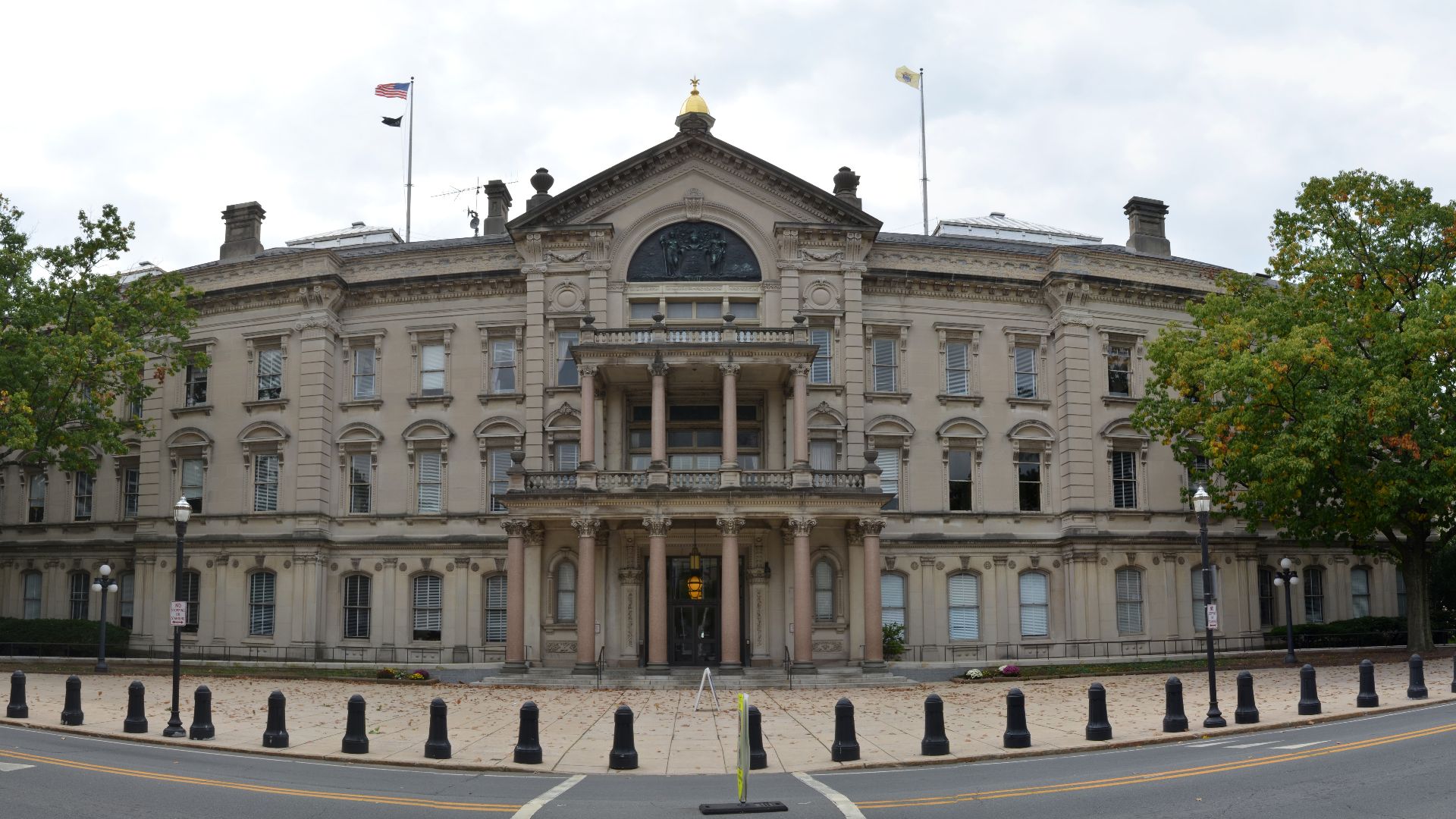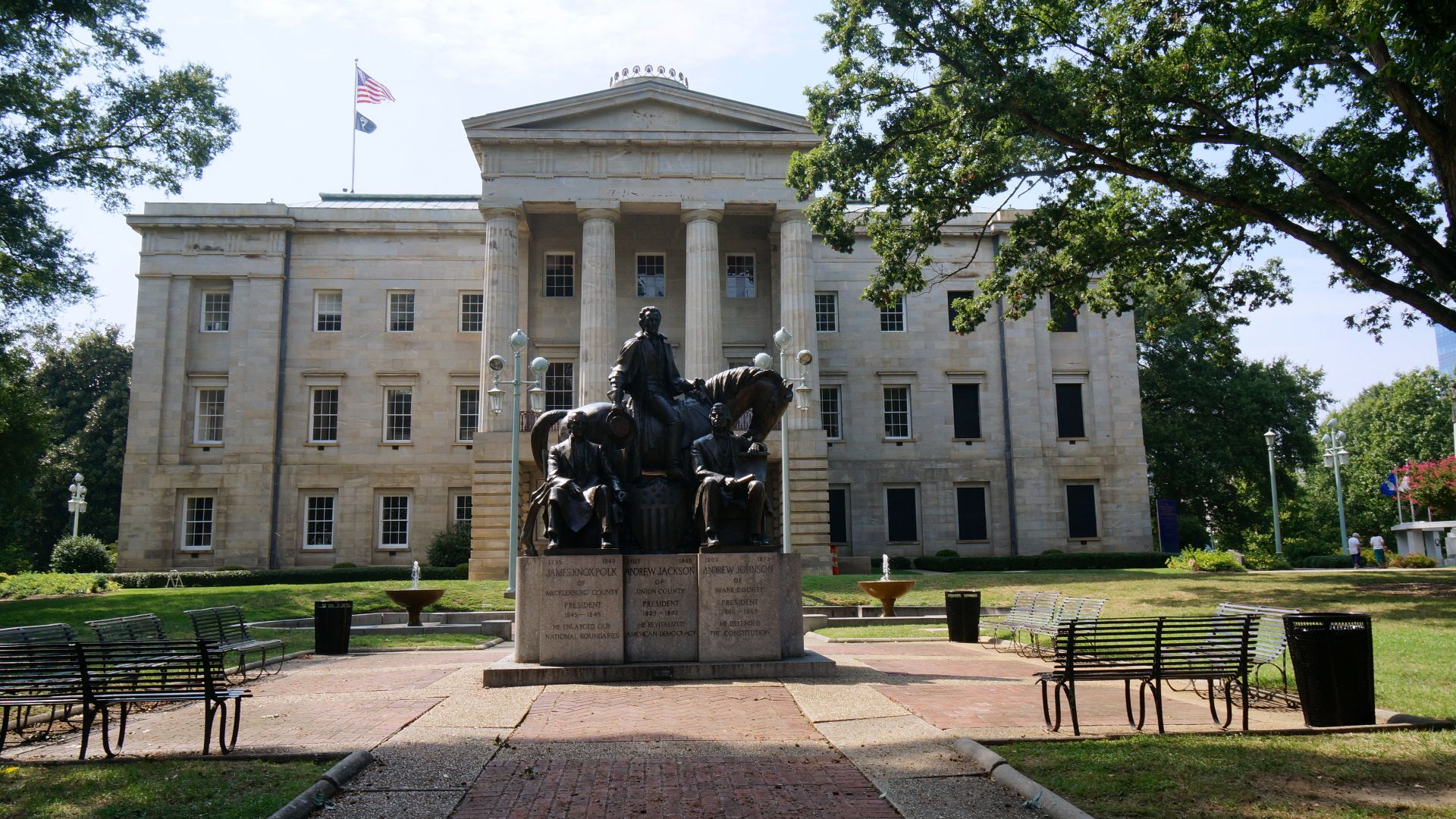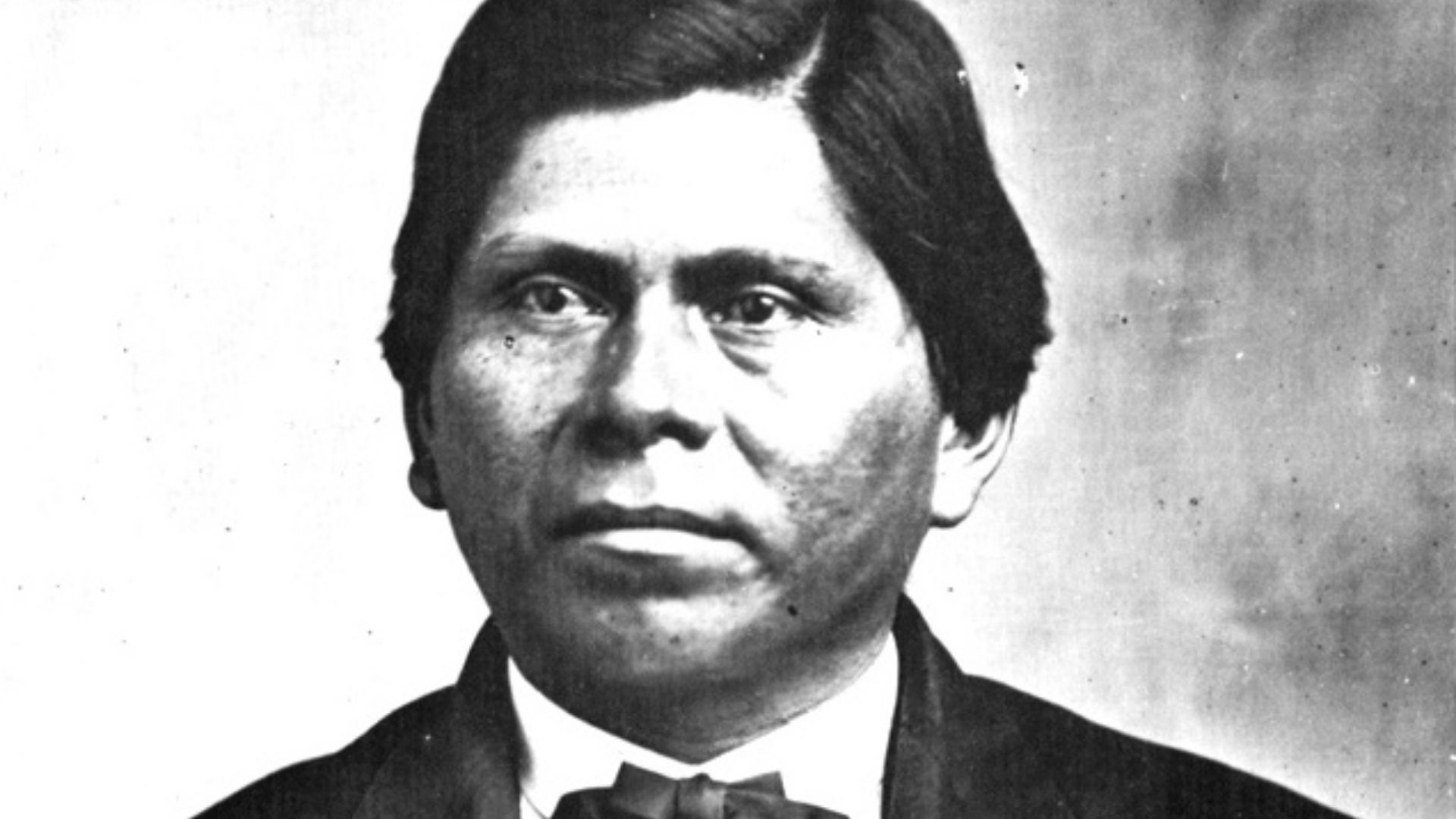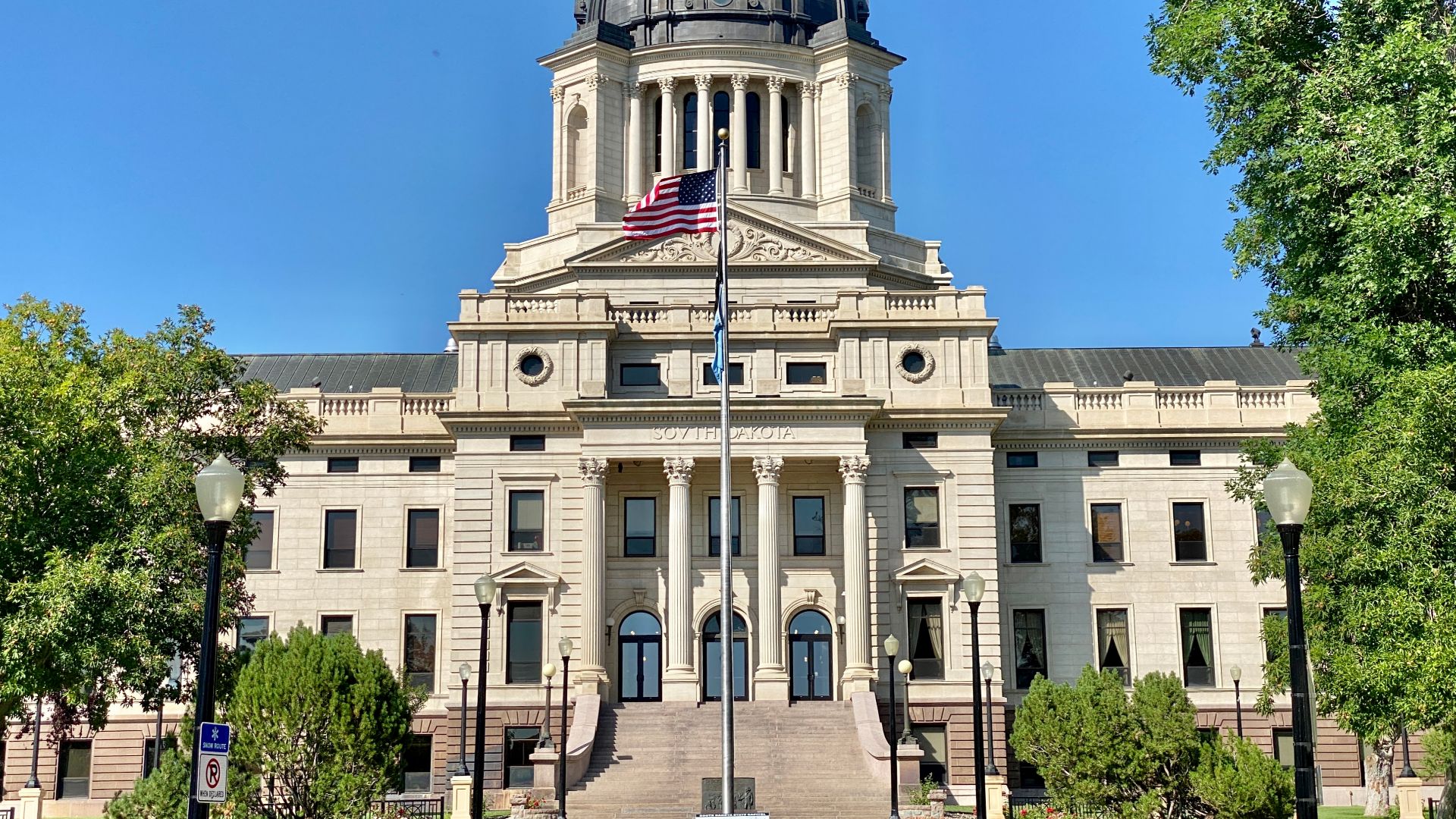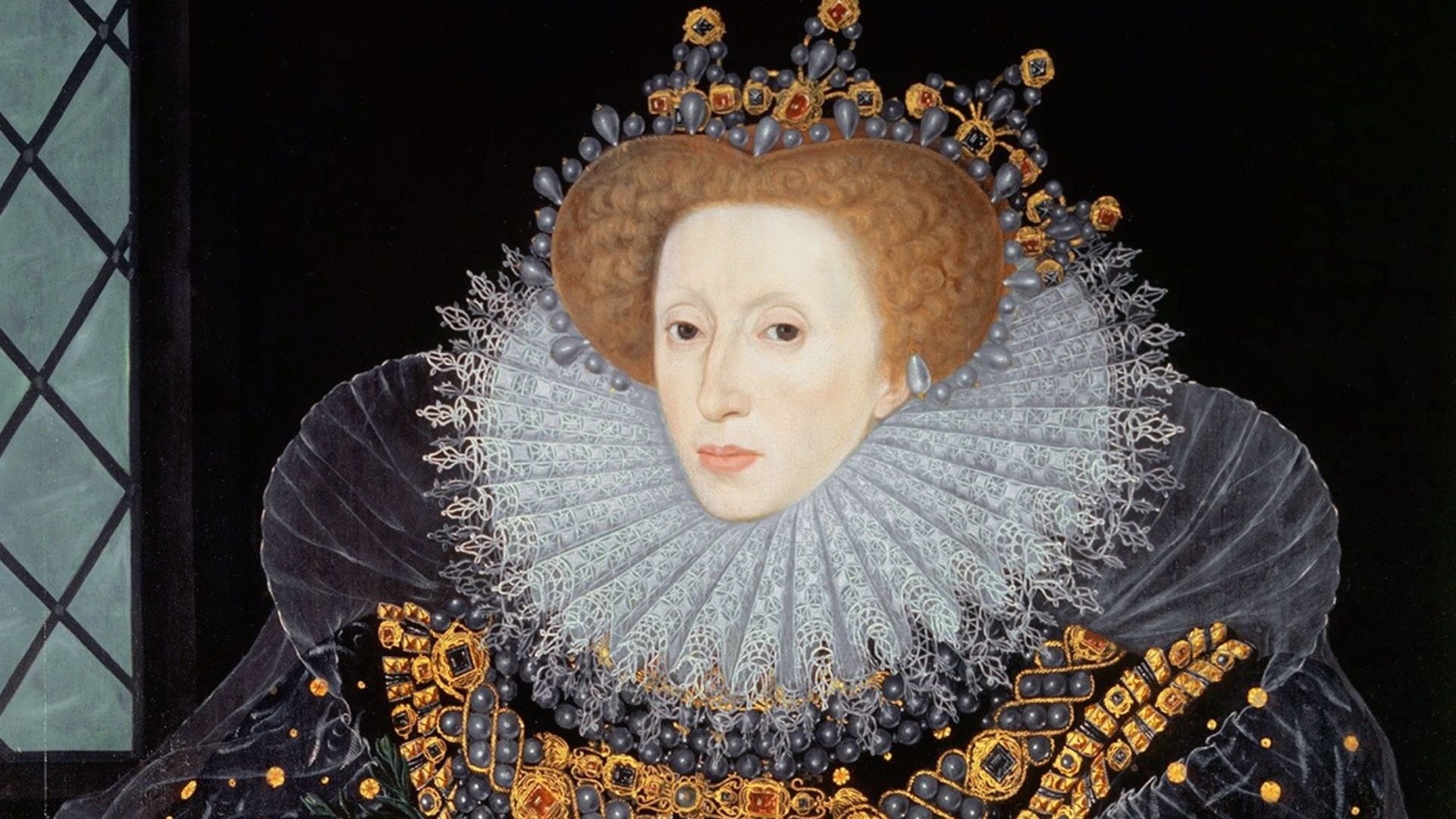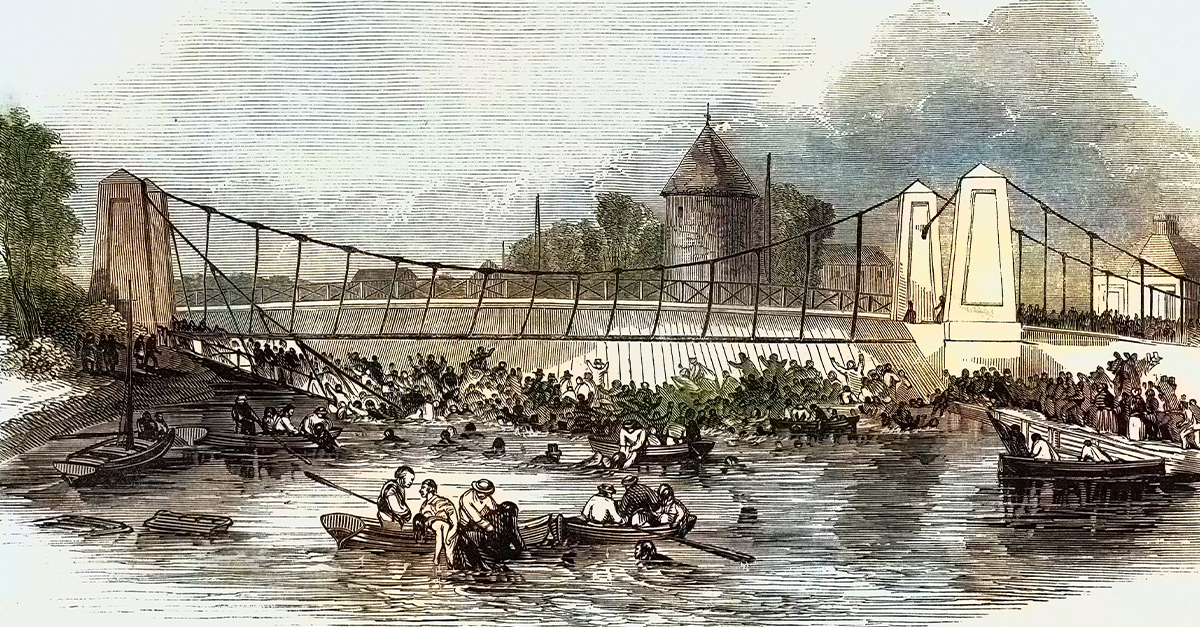The Surprising Origins Of All 50 State Names
Names tell stories, and the map of the United States is filled with them. Some state names come from ancient Native languages, others from European royalty, while a few grew from myths.
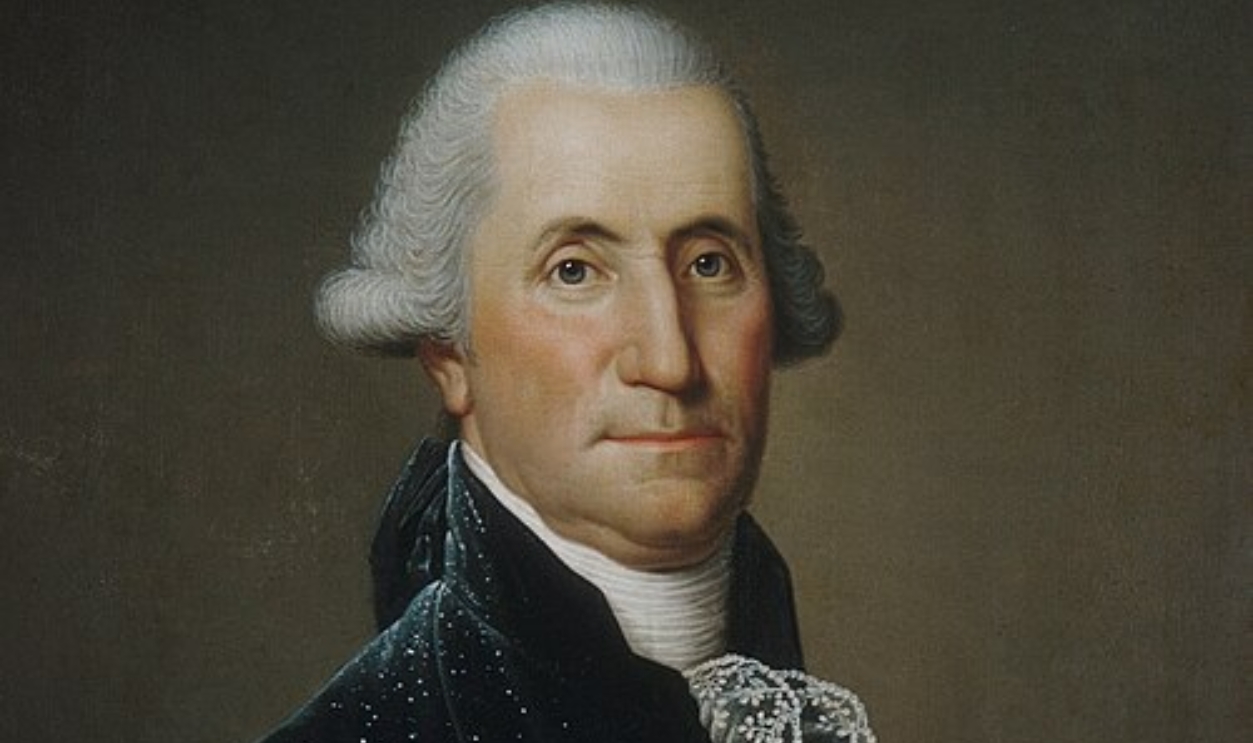
Alabama
French explorers first recorded the word Alabama after meeting the indigenous Alabama people. The term comes from the Choctaw expression “alba amo,” translating to “thicket clearers” or “vegetation gatherers”. Originally describing a tribe, the name gradually shifted to identify the region itself.
Alaska
Drawn from the Aleut word “alaxsxaq,” Alaska translates to “the mainland” or “the object toward which the sea is directed”. Russian traders borrowed the term, and it remained after the 1867 US purchase. The name continues to highlight native traditions and the territory’s immense, untamed coastal geography.
Arizona
Scholars debate Arizona’s name. Many trace it to the O’odham phrase “ali sona-g,” which means “small spring,” while others suggest Basque origins with “aritz ona,” or “good oak”. Spanish settlers spread the name during the 18th century, and it continued when the territory joined the US in 1863.
Arkansas
A French interpretation of a Quapaw term gave Arkansas its name. The Quapaw were known as the “downstream people,” and the label extended to the land they occupied. In 1881, lawmakers fixed the pronunciation as “Ar-kan-saw,” preserving both indigenous roots and European influence in the state’s linguistic history.
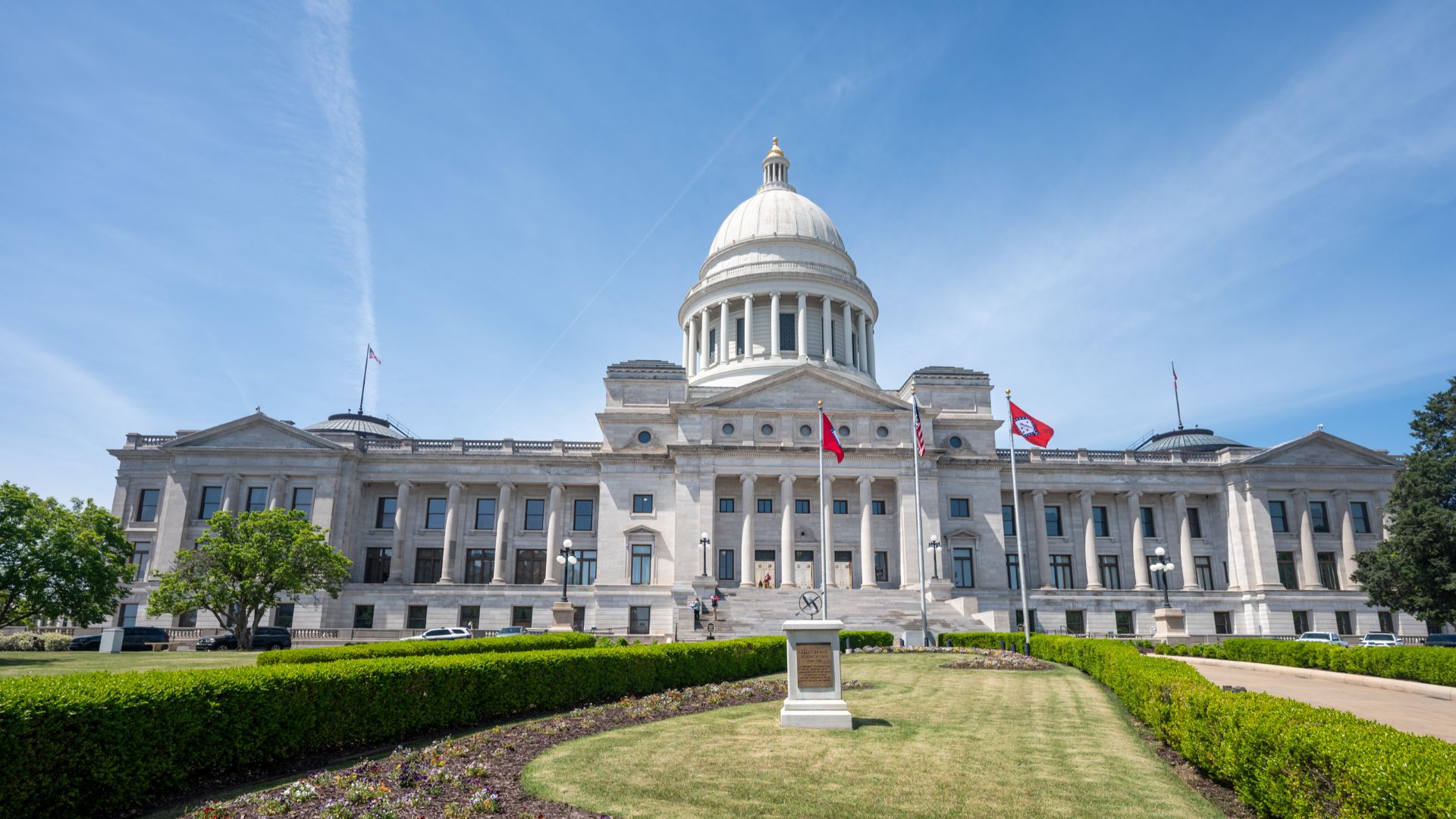 xiquinhosilva, Wikimedia Commons
xiquinhosilva, Wikimedia Commons
California
Unlike most states, California owes its name to literature. A Spanish romance novel from 1510 imagined an island ruled by Queen Calafia, rich in gold. When explorers reached the Pacific coast, they believed they’d found that legendary land.
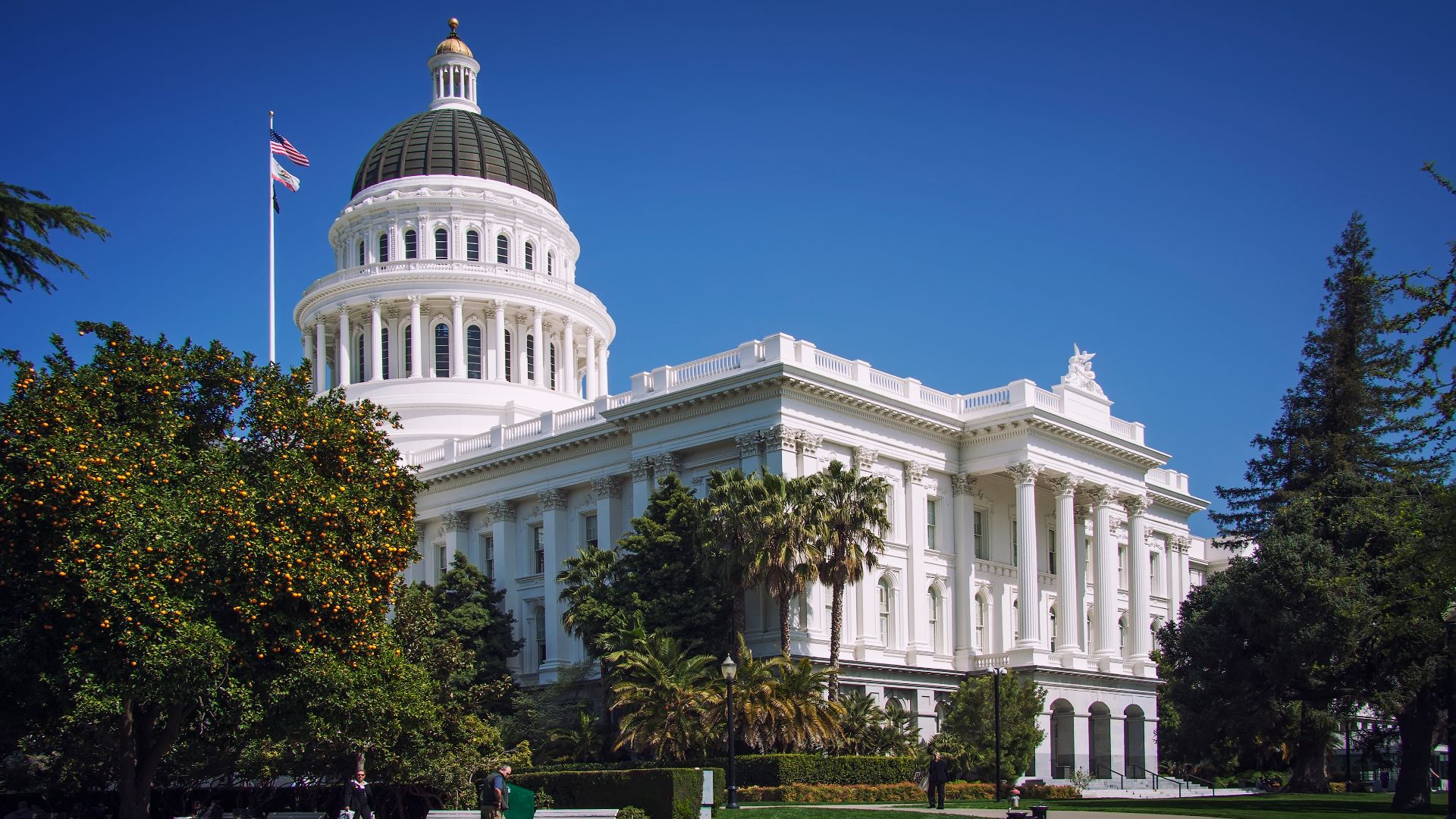 Steven Pavlov, Wikimedia Commons
Steven Pavlov, Wikimedia Commons
Colorado
Spanish settlers named Colorado for its “colored” red earth and the ruddy waters of the Colorado River. The word translates directly to “red” or “ruddy” in Spanish. Chosen officially in 1861, the name reflects the region’s striking geography and Hispanic linguistic influence.
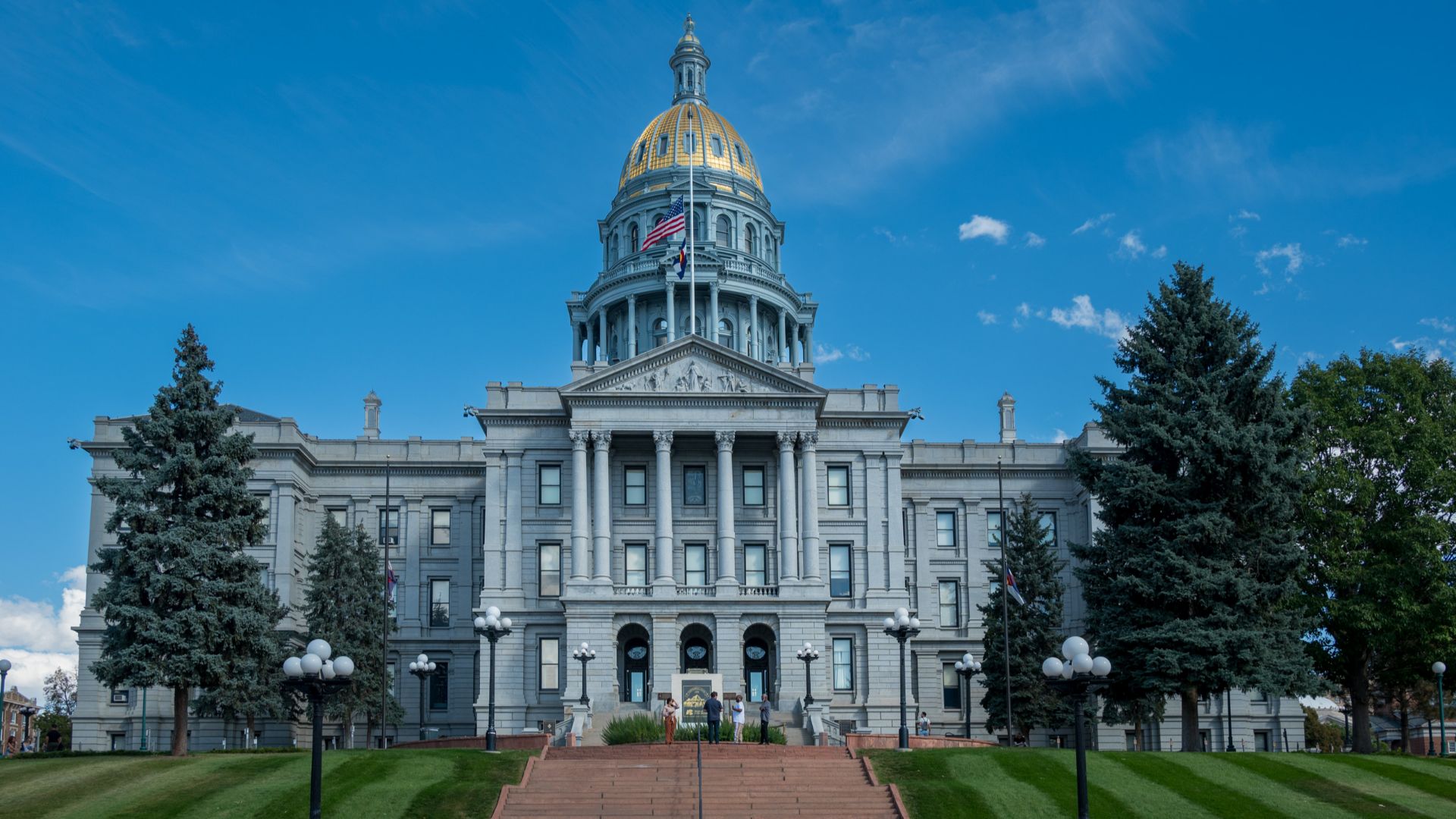 xiquinhosilva, Wikimedia Commons
xiquinhosilva, Wikimedia Commons
Connecticut
The state’s name comes from the Algonquian word “quinetucket,” which translates to “long tidal river”. English settlers adapted the native term to describe the Connecticut River, a defining geographic feature. Adopted formally in the 17th century, the name preserves indigenous influence.
Delaware
Named to honor Thomas West, Lord De La Warr, Delaware’s title connects directly to English colonial history. He served as the first governor of Virginia, and the Delaware River carried his name. The state inherited it, linking indigenous lands with Britain’s early attempts at establishing control in North America.
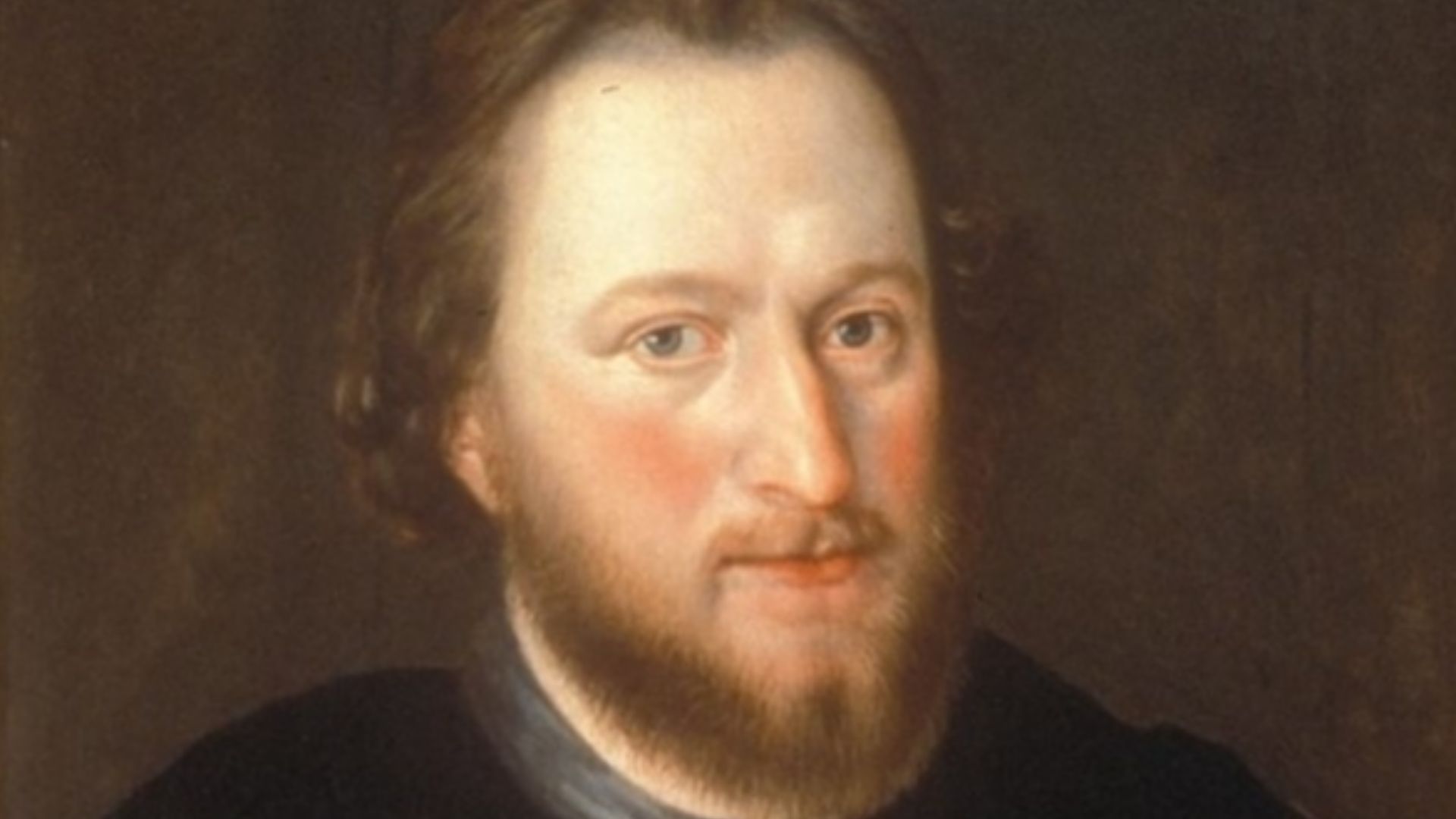 Unidentified painter, Wikimedia Commons
Unidentified painter, Wikimedia Commons
Florida
Spanish explorer Juan Ponce de Leon chose the name Florida in 1513. He landed during the Easter season, known as “Pascua Florida” or “Festival of Flowers”. The name, meaning “full of flowers,” captured its lush appearance and became one of the earliest European place names.
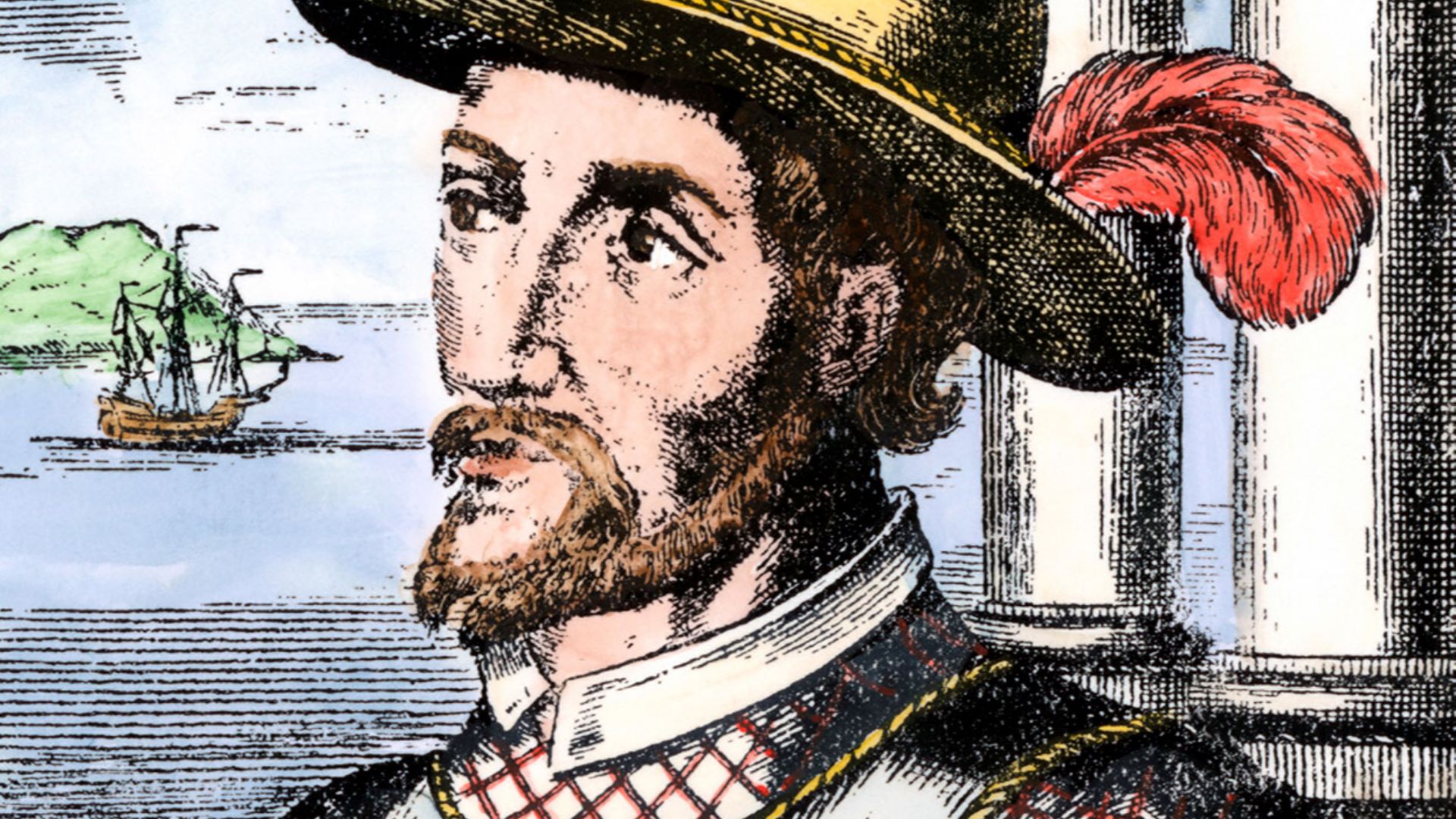 © North Wind Picture Archives, Wikimedia Commons
© North Wind Picture Archives, Wikimedia Commons
Georgia
This state was named in 1732 to honor King George II of Britain, under whose reign the colony was established. It symbolized loyalty to the crown during England’s colonial expansion. While rooted in monarchy, the name survived independence when the colonial influence ended.
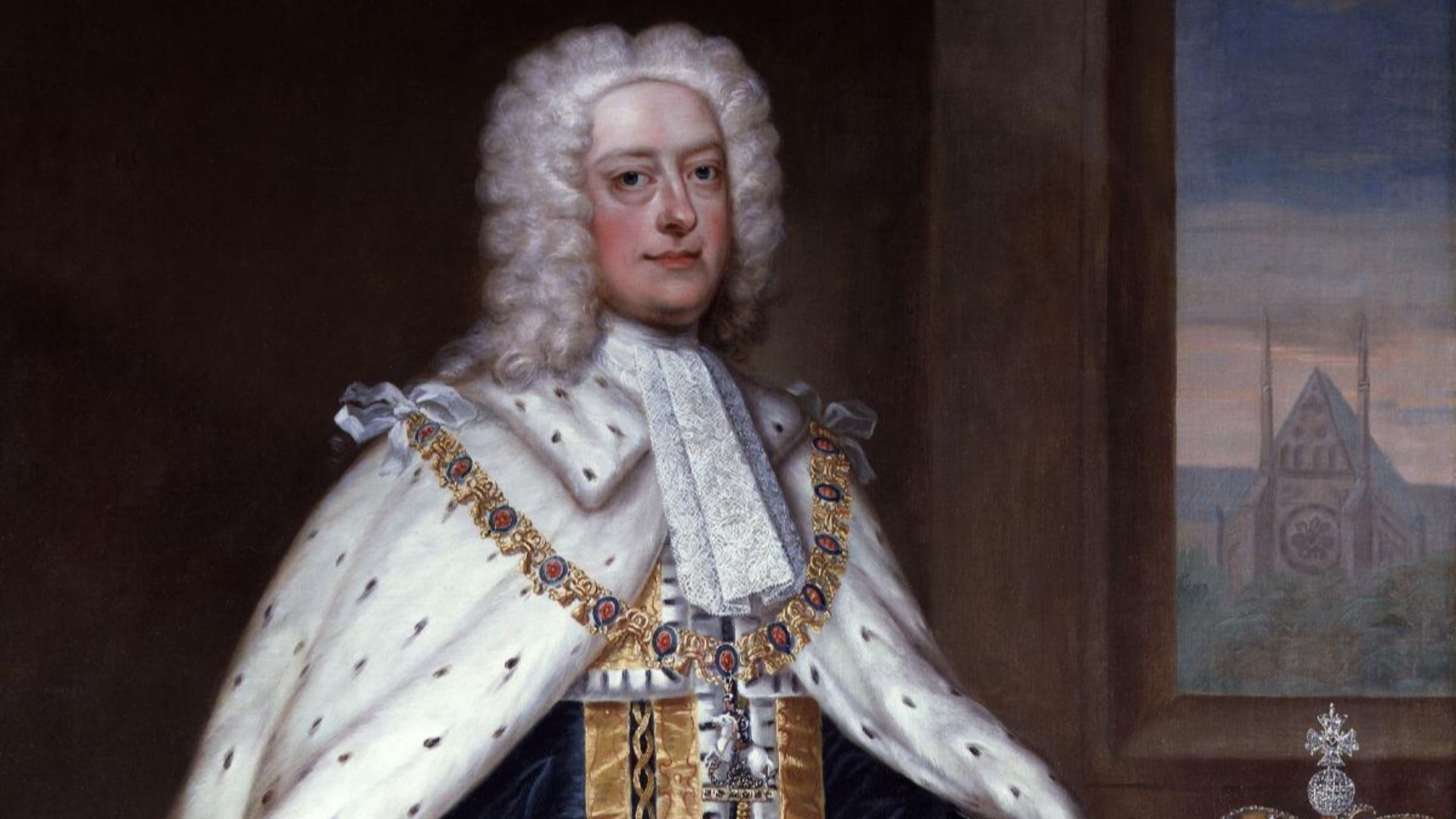 Studio of Charles Jervas, Wikimedia Commons
Studio of Charles Jervas, Wikimedia Commons
Hawaii
Hawaii’s name comes from the Polynesian word “Hawaiki,” a legendary ancestral homeland in Pacific tradition. The term was carried by Polynesian voyagers who inhabited the islands centuries ago. Known as the Sandwich Islands under British explorers, Hawaii later reclaimed its native name.
Idaho
The word Idaho was originally presented as a Native term that translates to “gem of the mountains,” but later investigations suggested it was fabricated by a mining lobbyist in the 1860s. Despite doubts, the name stuck when the territory was formed in 1863.
Illinois
Illinois got its name from the French rendering of an Algonquian word that means “ordinary speaker” or “tribe of superior men”. The Illinois Confederation once occupied the region, and French explorers recorded the name. Though the final “s” is silent, the word’s spelling reflects colonial linguistic influence.
Indiana
Meaning “land of the Indians,” Indiana’s name was formally adopted when it became a US territory in 1800. It acknowledges the many native groups who once lived there, though many were later displaced. The name preserves a reminder of indigenous presence despite the state’s subsequent history of settlement and removal.
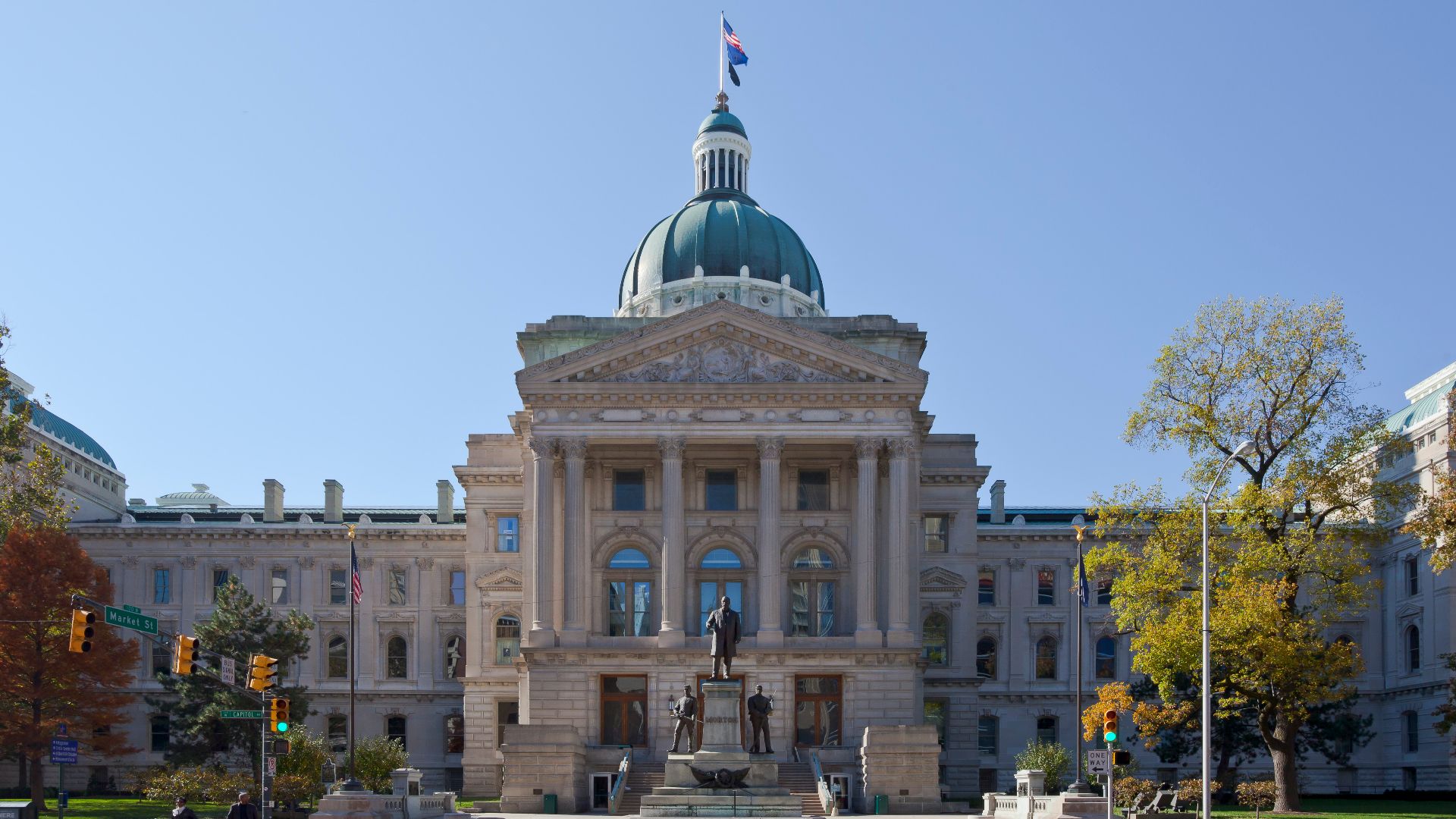 Diego Delso, Wikimedia Commons
Diego Delso, Wikimedia Commons
Iowa
Iowa derives from the Ioway people, a Siouan-speaking tribe whose name likely meant “sleepy ones” or “beautiful land” in indigenous interpretation. The French recorded the word, and American settlers later applied it to the territory. The name remains proof of native heritage rooted in the state’s rolling plains.
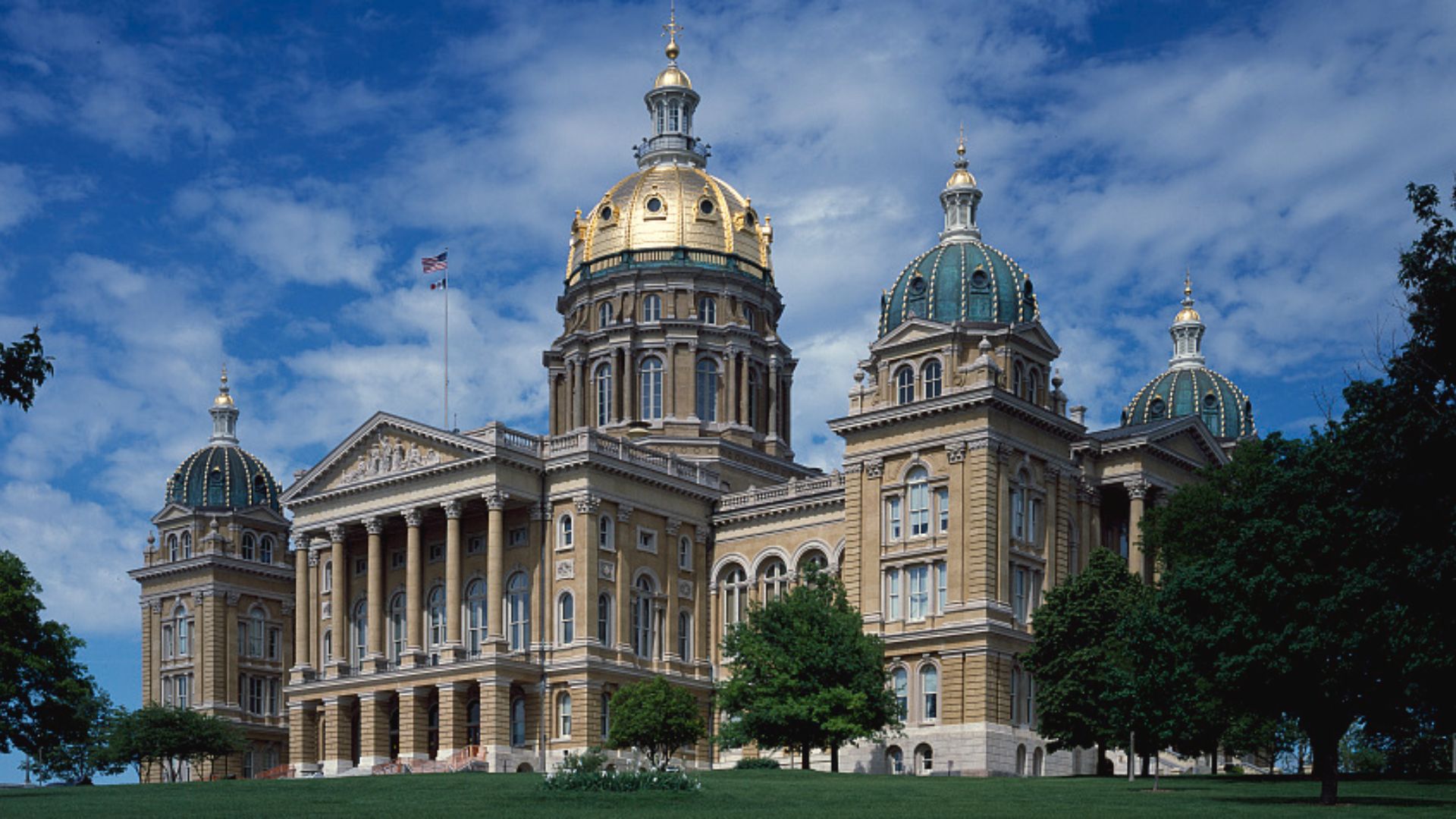 Carol M. Highsmith, Wikimedia Commons
Carol M. Highsmith, Wikimedia Commons
Kansas
The name comes from the Kansa people, often called the “people of the south wind”. French traders first recorded the word, which indigenous groups used to describe their homeland along the Kansas River. “Kansas” mixes both natural forces and cultural traditions embedded in the state’s prairies.
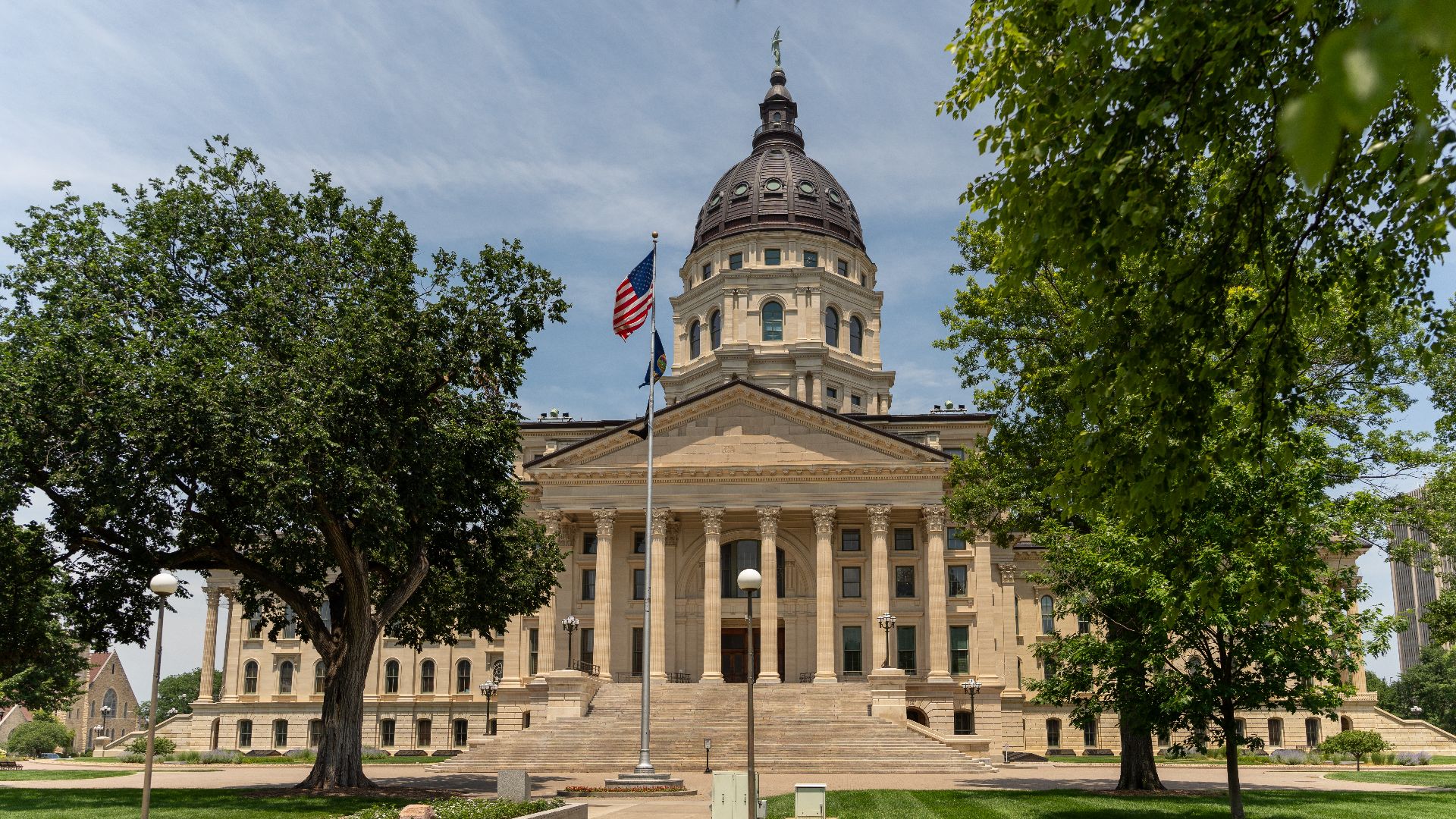 Nils Huenerfuerst, Wikimedia Commons
Nils Huenerfuerst, Wikimedia Commons
Kentucky
Scholars debate the origin of “Kentucky”. Many believe it comes from the Iroquoian word “kenhta:ke,” translating to “at the meadow” or “land of tomorrow”. Used by settlers from Virginia in the 1700s, the name captured the fertile valleys and frontier promise that distinguished Kentucky’s early reputation.
Louisiana
Louisiana honors King Louis XIV of France. French explorer Rene-Robert Cavelier, Sieur de La Salle, named the vast Mississippi basin in 1682 for the monarch. The term persisted through French and Spanish control before statehood.
Maine
The origin of Maine’s name is uncertain. Some historians suggest it honored the French province of Maine, while others think it referred to the “mainland” to make it stand out among nearby islands. Officially recognized in 1665, the name persisted after independence.
Maryland
Maryland was named in 1632 to honor Queen Henrietta Maria, wife of England’s King Charles I. The colony was envisioned as a haven for English Catholics. Its name preserved royal allegiance while symbolizing a place of refuge.
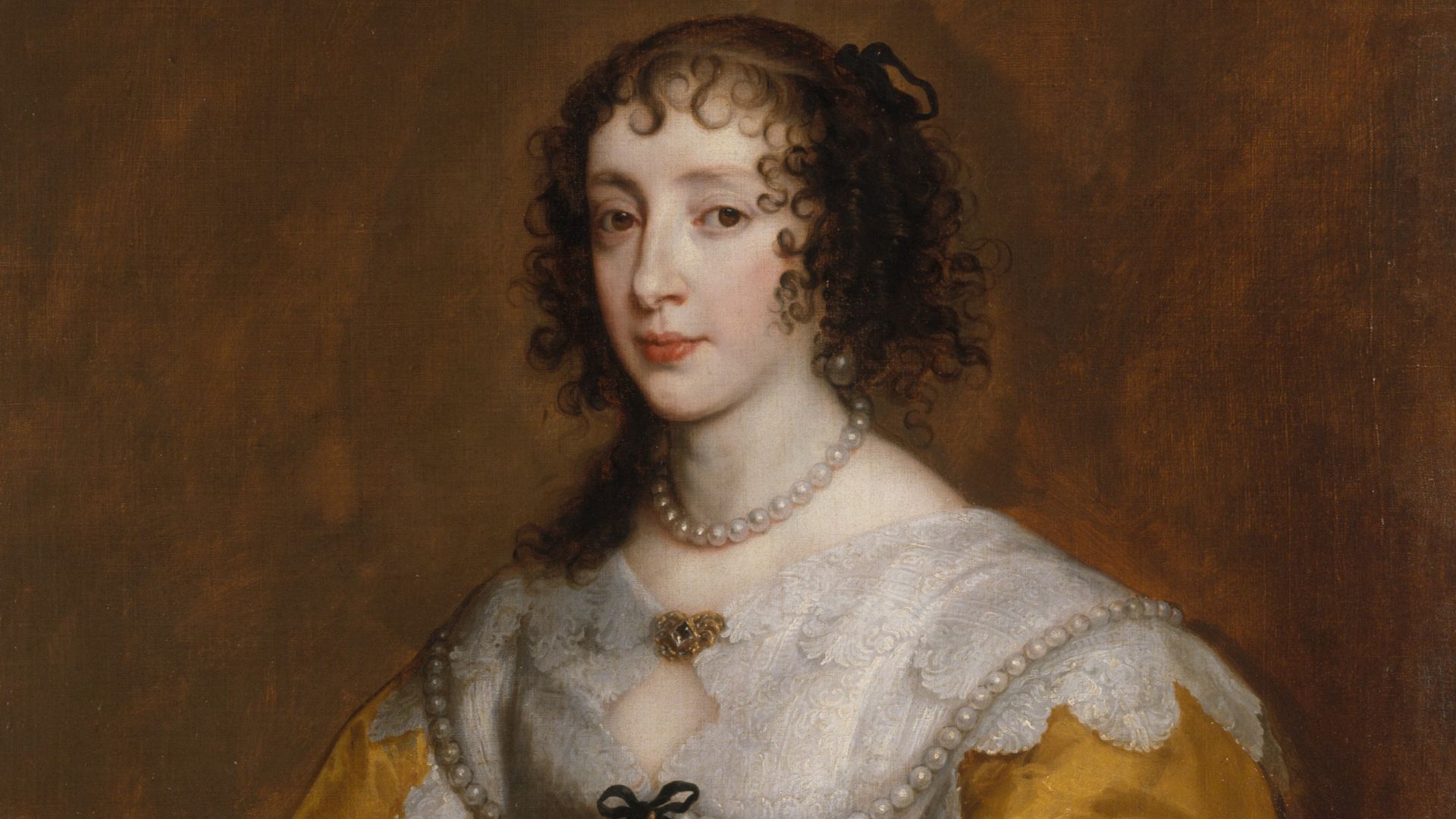 Anthony van Dyck, Wikimedia Commons
Anthony van Dyck, Wikimedia Commons
Massachusetts
Historians believe Massachusetts comes from the Massachusett people, an Algonquian-speaking group. Their term likely meant “near the great hill,” referring to the Blue Hills south of Boston. Adopted by English settlers in the 1600s, the name represents the deep geographic and cultural connections between indigenous inhabitants and the colonial culture.
 King of Hearts, Wikimedia Commons
King of Hearts, Wikimedia Commons
Michigan
Michigan’s name originates from the Ojibwe word “mishigami,” synonymous with “great water” or “large lake”. French explorers adapted the word to describe the region’s defining geography. The name highlights the central role of the Great Lakes in shaping Michigan’s identity and importance within early North American trade networks.
Minnesota
The Dakota word “Mnisota,” which translates to “cloudy water” or “sky-tinted water,” refers to the Minnesota River, and is probably where the state’s name comes from. European settlers modified the spelling but retained the original sound. The state’s name continues to emphasize its nature by honoring Dakota heritage.
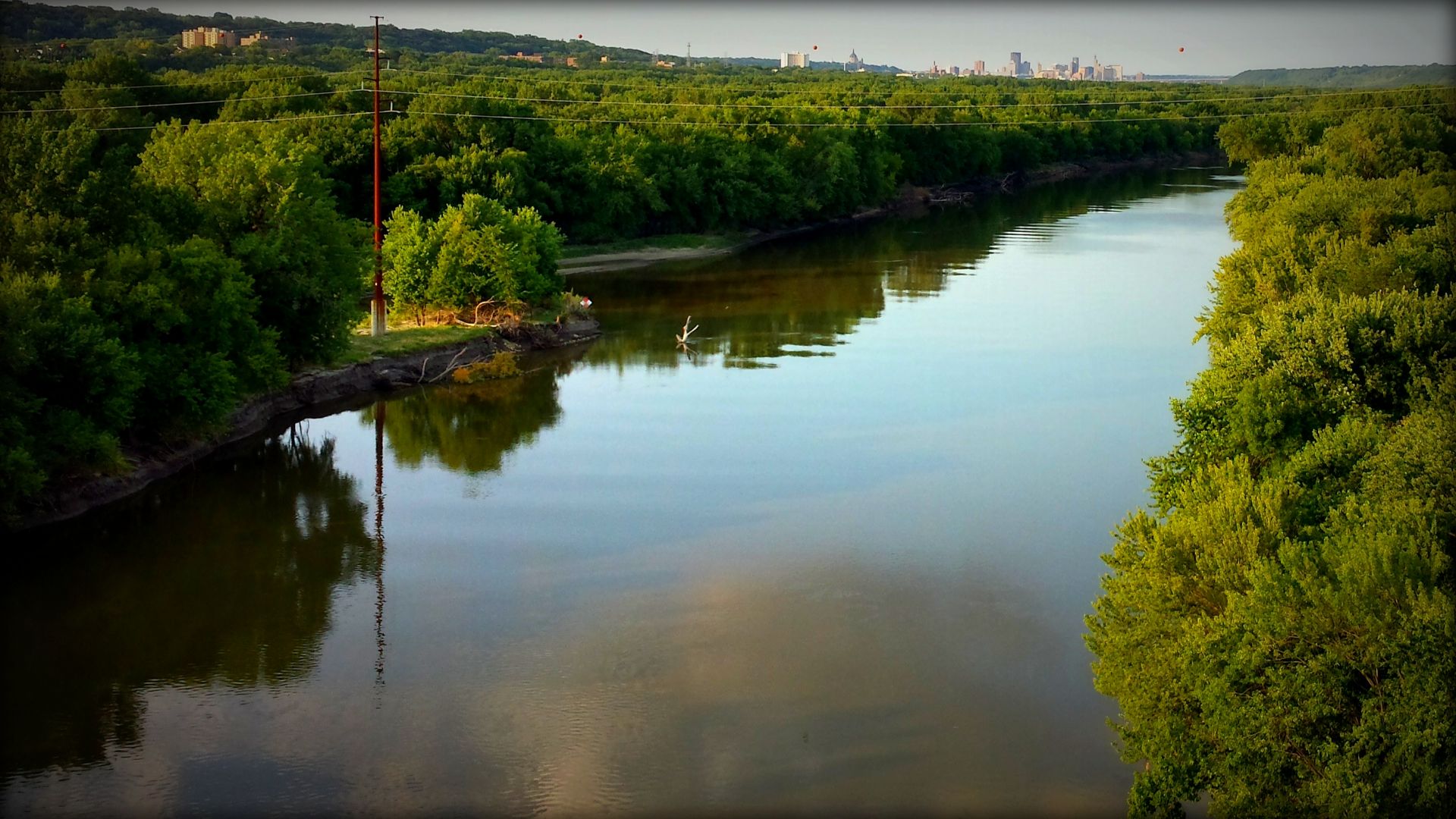 Gabriel Vanslette, Wikimedia Commons
Gabriel Vanslette, Wikimedia Commons
Missouri
Derived from an Illinois tribal word, Missouri translates to “people with dugout canoes”. French explorers adopted the name to describe the tribe living near the river, later bearing the same title. The state inherited it to highlight indigenous identity and the importance of river travel in regional development.
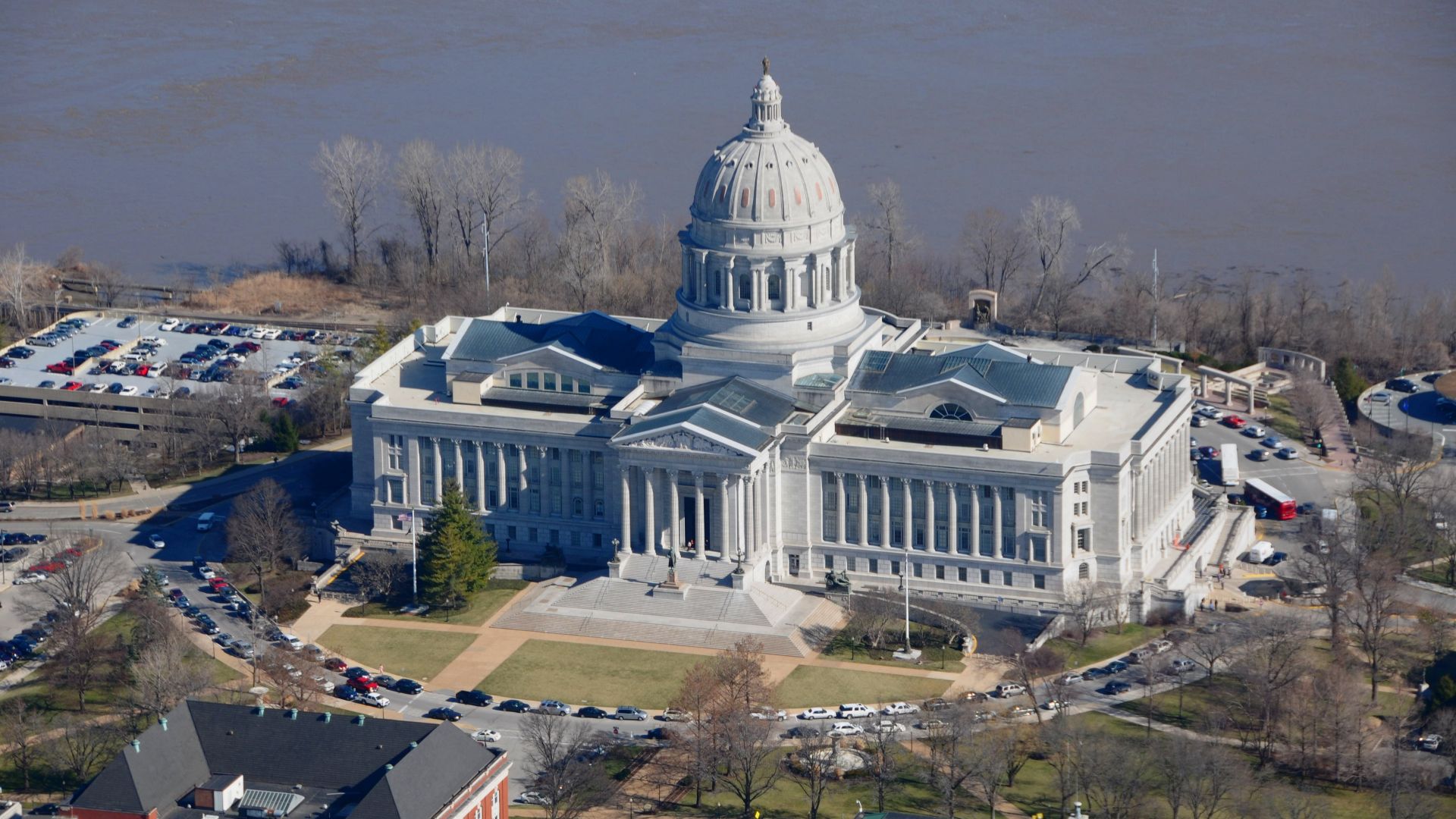 KTrimble at English Wikipedia, Wikimedia Commons
KTrimble at English Wikipedia, Wikimedia Commons
Montana
Spanish travelers chose the word “montana” or “mountain,” to describe the rugged northern Rockies. The label fit the dramatic circumstances that dominated the region. When the territory was organized in 1864, the name became official.
Nebraska
The Platte River inspired Nebraska’s name, taken from the Otoe term “Ni Bthaska,” which means “flat water”. French and American explorers translated and preserved it. Adopted in 1854 with the creation of the Nebraska Territory, the word continues to emphasize geography and the central role of rivers in settlement.
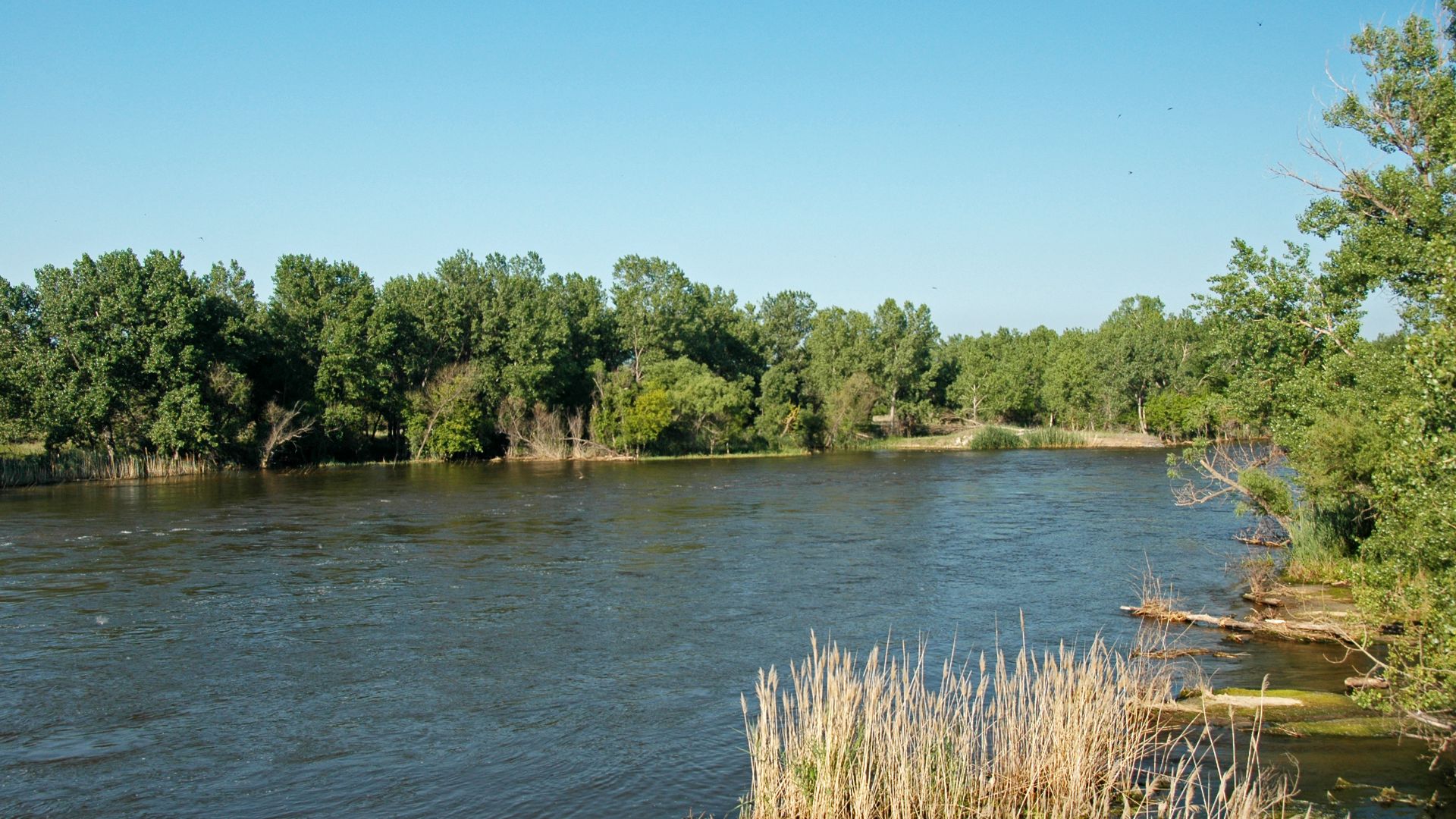 James St. John, Wikimedia Commons
James St. John, Wikimedia Commons
Nevada
Early Spanish travelers called the Sierra Nevada range the “snow-covered mountains,” a phrase that later gave Nevada its name. The contrast between snowy peaks and desert valleys defined the region’s image. Officially admitted in 1864, the name is a symbol of striking geographic diversity within the American West.
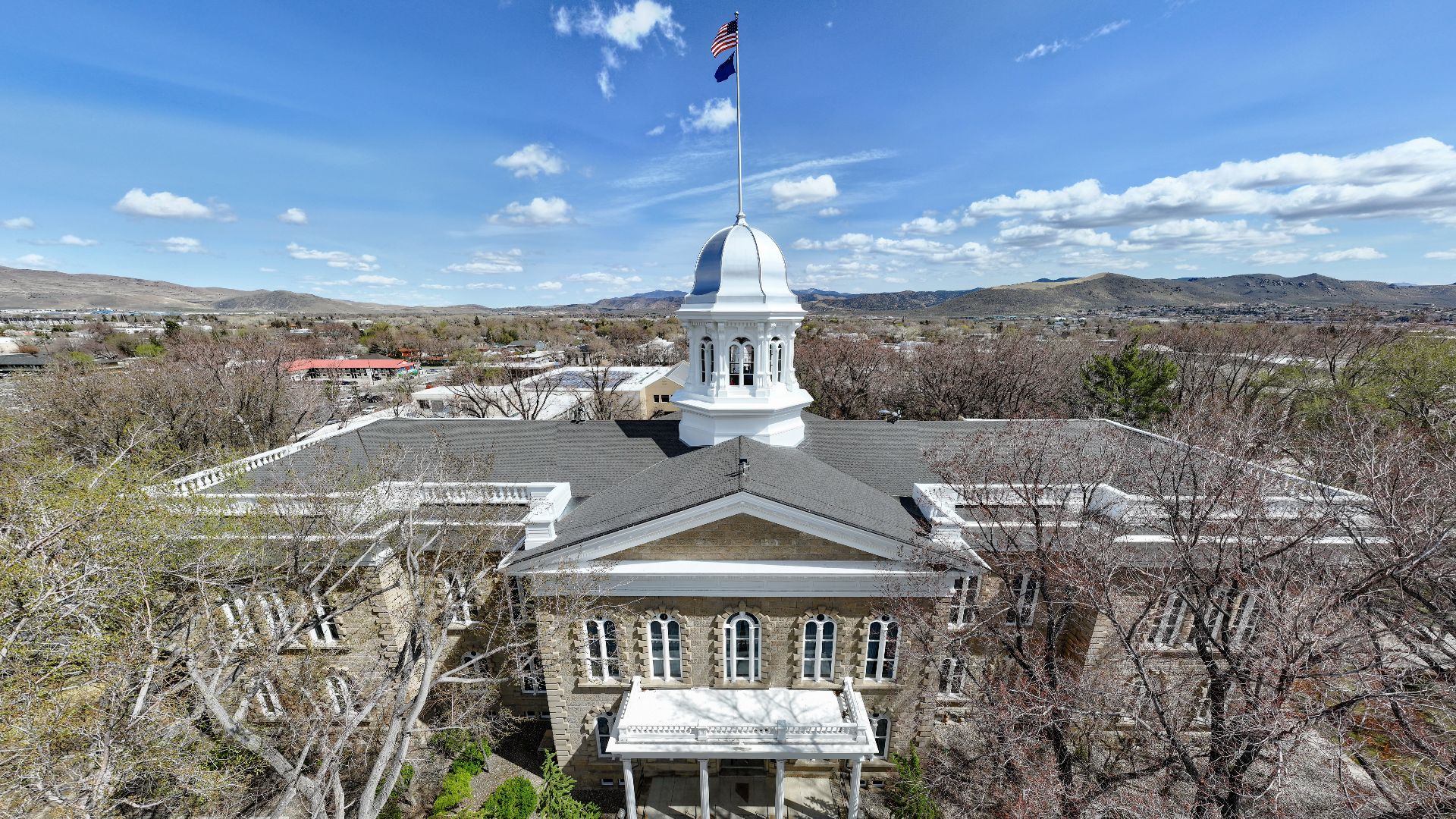 Quintin Soloviev, Wikimedia Commons
Quintin Soloviev, Wikimedia Commons
New Hampshire
A tribute to Captain John Mason’s homeland, New Hampshire borrowed its name from the English county of Hampshire. Granted to Mason in 1629, the land carried the designation into colonial history. By projecting familiar European ties, settlers reinforced cultural continuity.
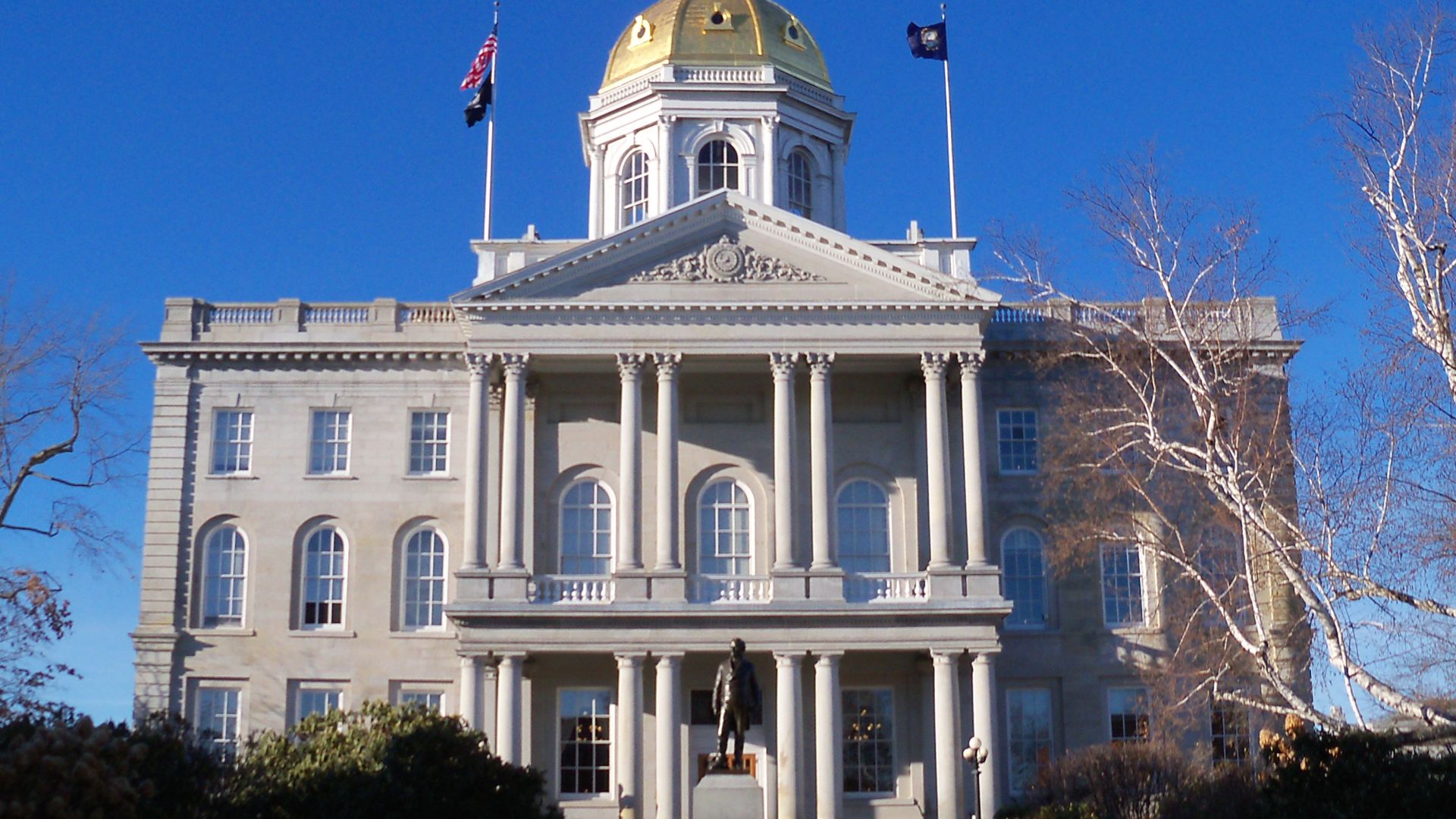 AlexiusHoratius, Wikimedia Commons
AlexiusHoratius, Wikimedia Commons
New Jersey
One of the colony’s proprietors, Sir George Carteret, honored his birthplace by naming the territory after the Isle of Jersey in the English Channel. Chosen in 1664, the name reflects personal allegiance and English heritage.
New Mexico
Spanish conquistadors extended the name “Nuevo Mexico” to northern lands beyond the Rio Grande, hoping they held treasures like those in Mexico itself. Though riches proved elusive, the designation persisted through colonial, Mexican, and later American rule.
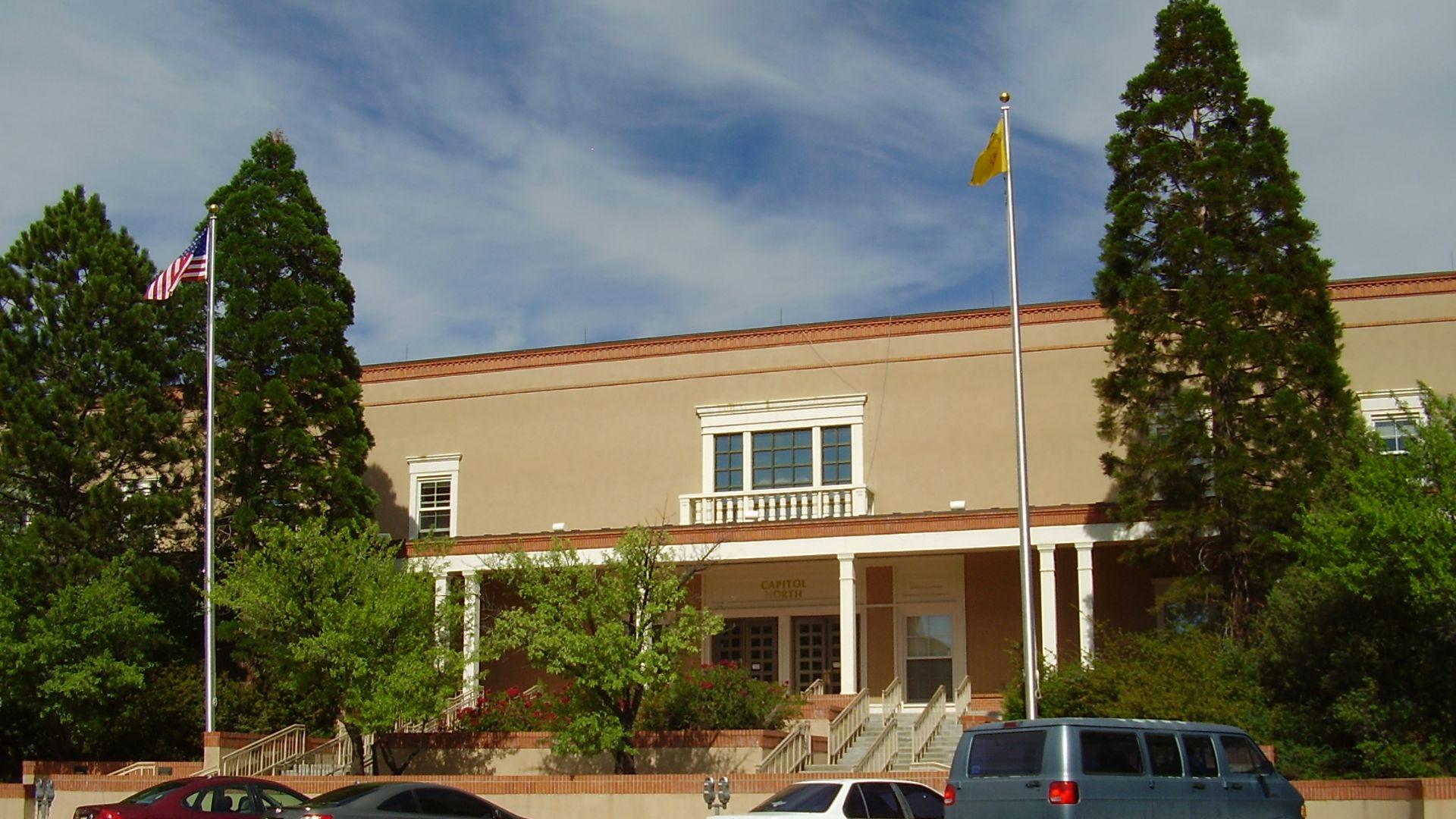 WhisperToMe, Wikimedia Commons
WhisperToMe, Wikimedia Commons
New York
The Duke of York was gifted this colony by his brother, King Charles II. This name replaced New Amsterdam after English forces seized the territory from the Dutch. It reflects England’s expanding influence while preserving the memory of its royal patron.
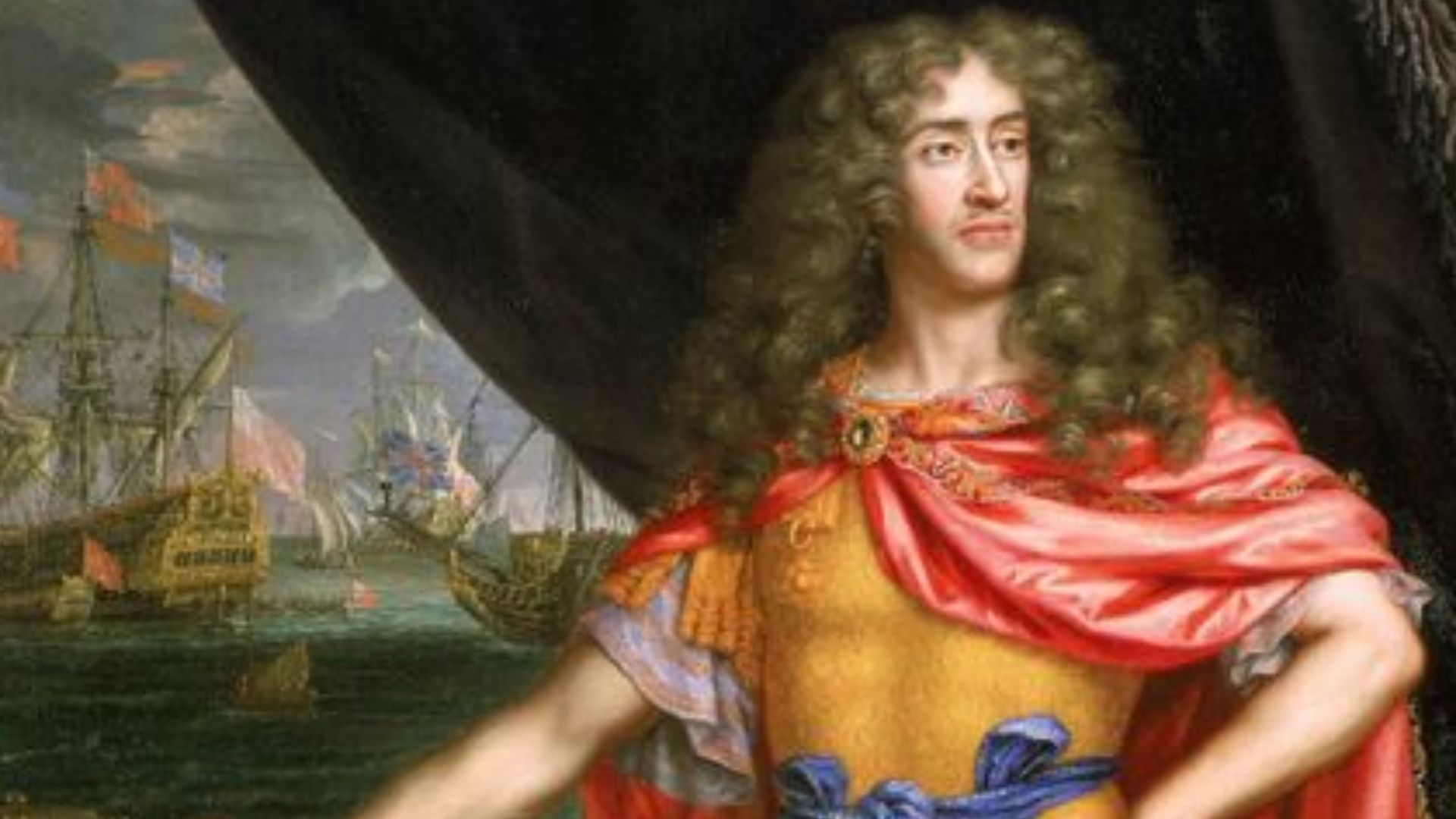 Henri Gascar, Wikimedia Commons
Henri Gascar, Wikimedia Commons
North Carolina
Dedicated to King Charles I of England, North Carolina got its name from the Latin “Carolus”. The northern distinction appeared when the original Carolina colony was divided in 1712. The title is a reminder of royal patronage and colonial separation.
North Dakota
“Dakota” originates from the Sioux language, synonymous with “ally” or “friend”. When the Dakota Territory was split in 1889, the northern portion became North Dakota. The word honors native peoples, though the state’s creation followed the displacement of many tribes from the very lands their names commemorate.
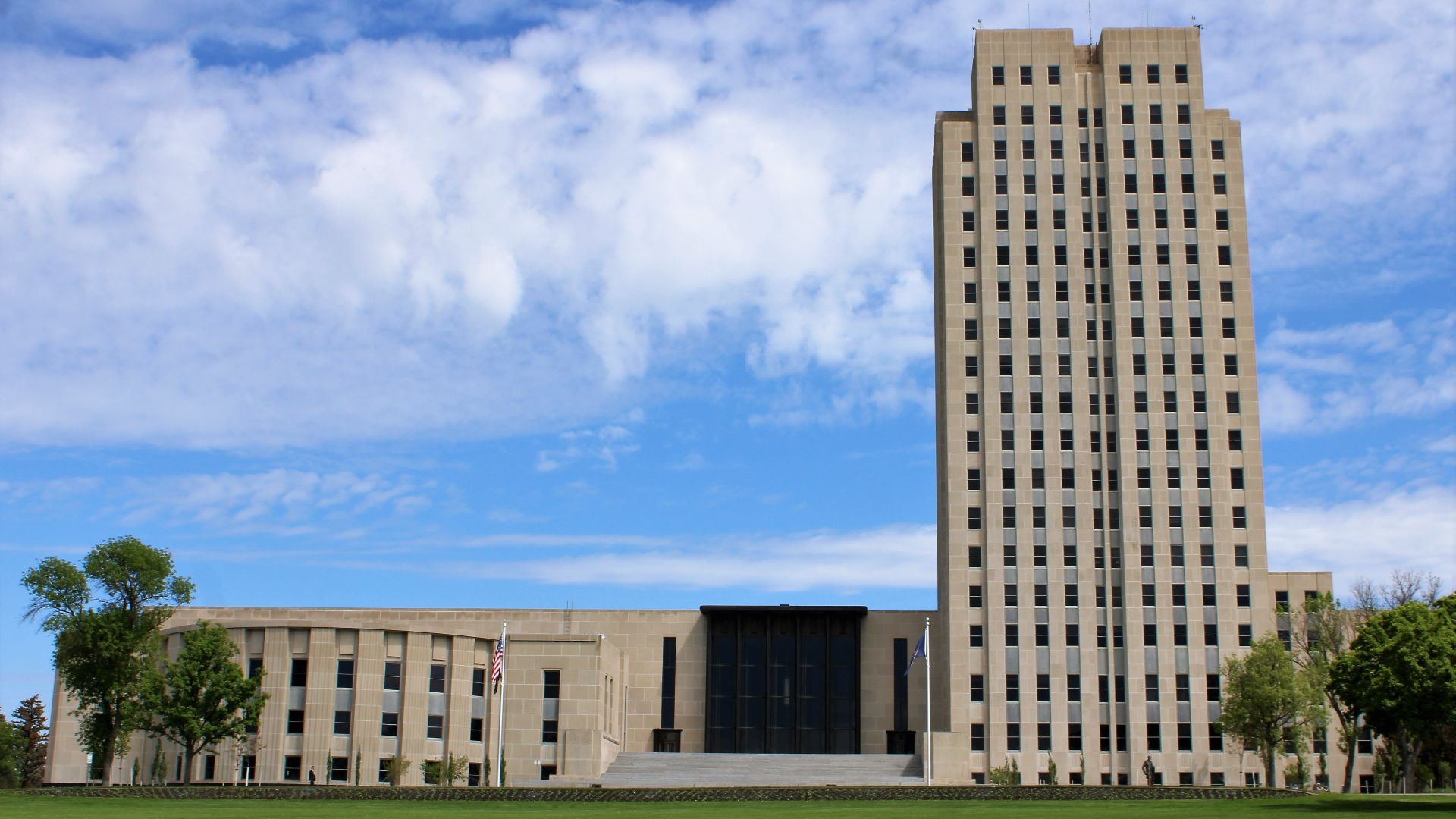 Farragutful, Wikimedia Commons
Farragutful, Wikimedia Commons
Ohio
Referencing the waterway that shaped the region, the Iroquois word “ohi:yo’,” or “great river,” gave Ohio its name. French traders recorded the term, and it passed into English. Officially adopted in 1803, the name is influenced by native linguistic heritage and the significance of the Ohio River.
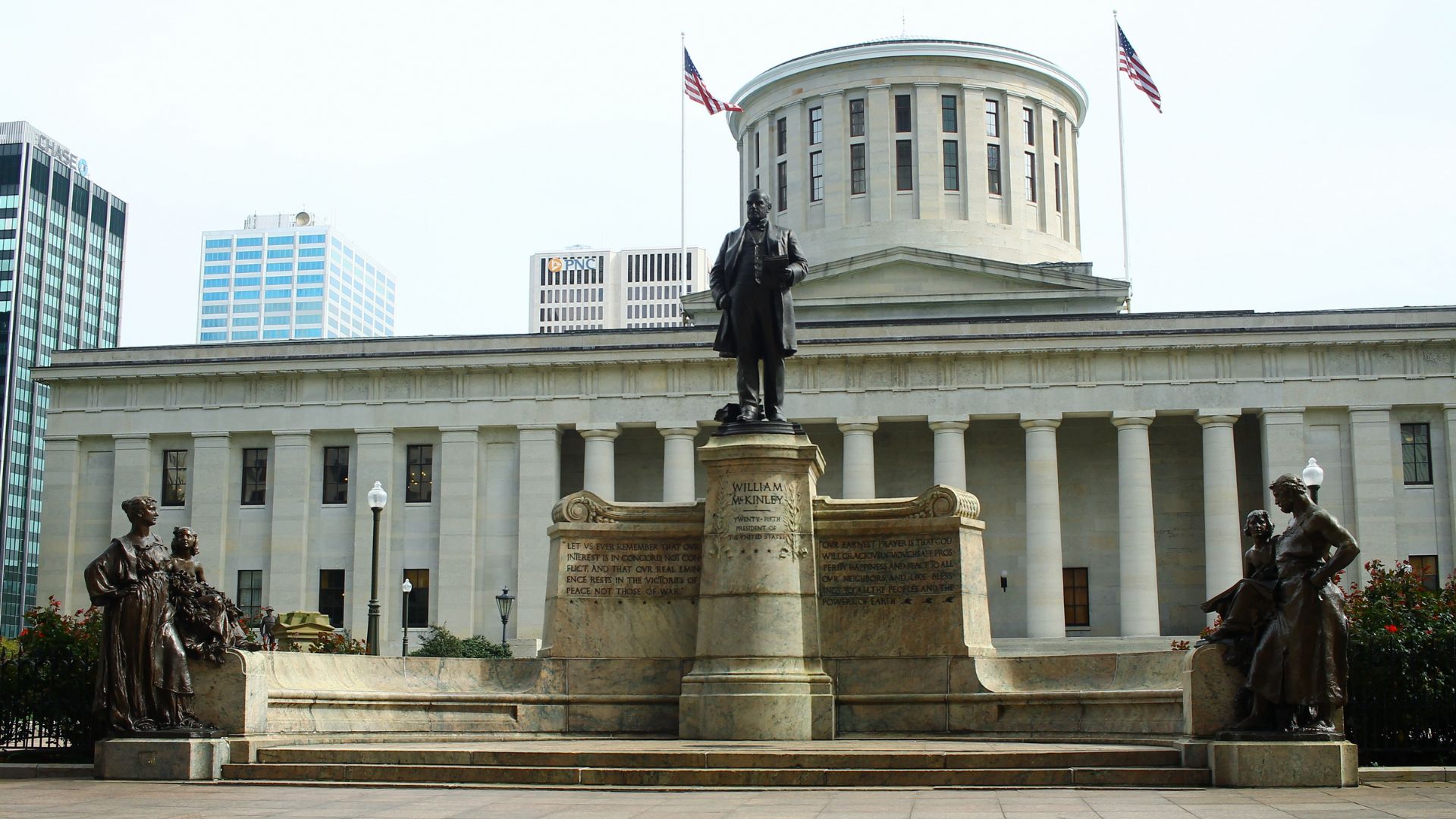 formulanone, Wikimedia Commons
formulanone, Wikimedia Commons
Oklahoma
The Choctaw words “okla” and “humma,” which refer to “red people,” combined to form Oklahoma. Choctaw leader Allen Wright proposed the name in 1866 during treaty discussions. It became official when the territory was established, embedding Native American language directly into the state’s identity despite later waves of displacement.
Oregon
Several opinions about the origin of Oregon’s name exist. One theory links it to the French word “ouragan” or “storm,” while another suggests Spanish roots tied to the word “orejon,” or “big ear”. It was first recorded in the 1700s.
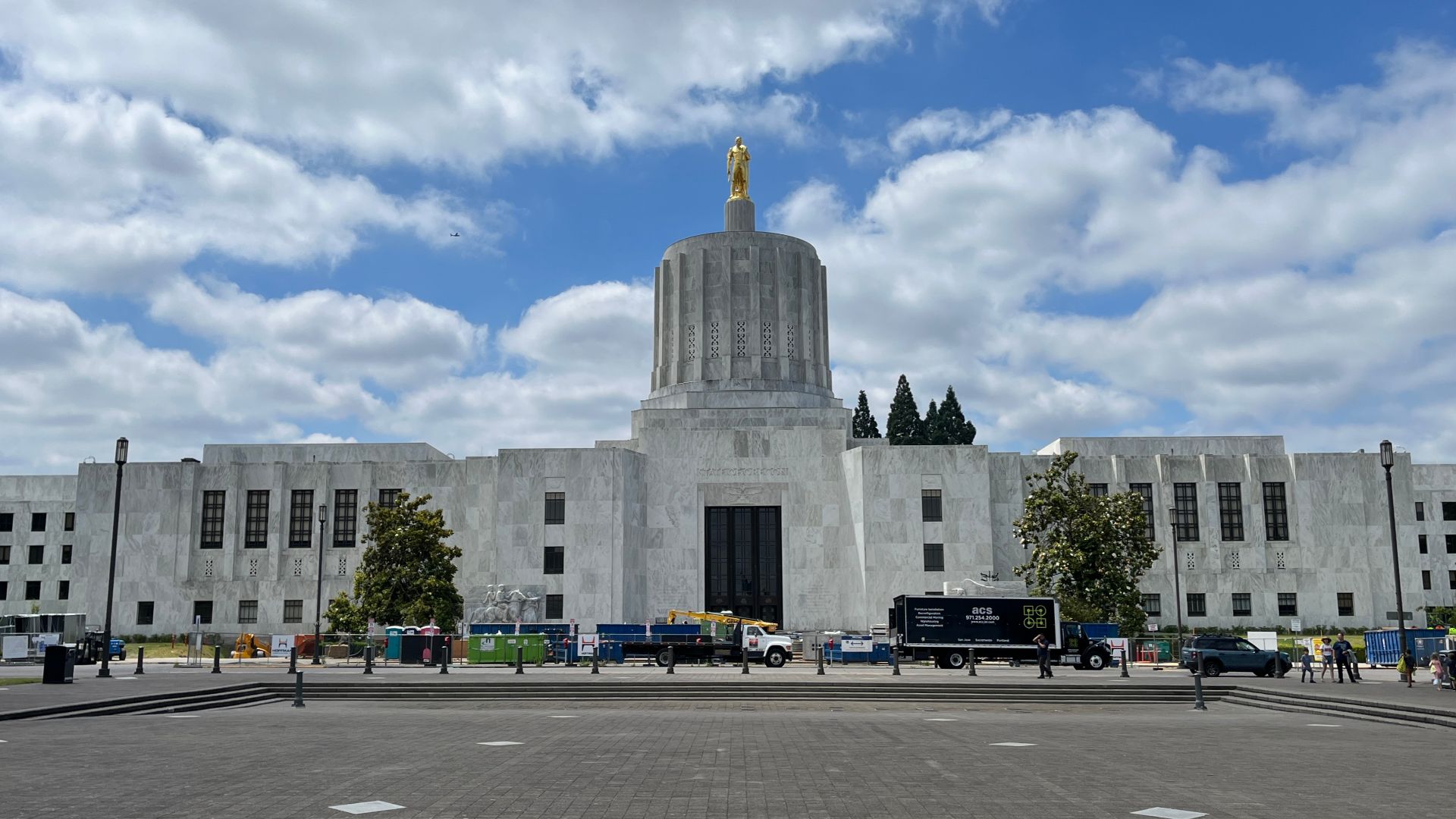 David Jiang, Wikimedia Commons
David Jiang, Wikimedia Commons
Pennsylvania
In honor of Admiral William Penn, the colony King Charles II combined Penn’s name with “sylvania” or “woodlands” in Latin. The reference was intended to recognize loyalty and service. Over time, the title grew to represent both its founder’s legacy and Pennsylvania’s abundant forests.
Rhode Island
Italian explorer Giovanni da Verrazzano compared the area to the Greek island of Rhodes in 1524, a description that later shaped the colony’s name. Another theory points to the Dutch word “Roodt Eylandt,” which means “red island”. Both interpretations highlight how European impressions defined Rhode Island’s lasting identity.
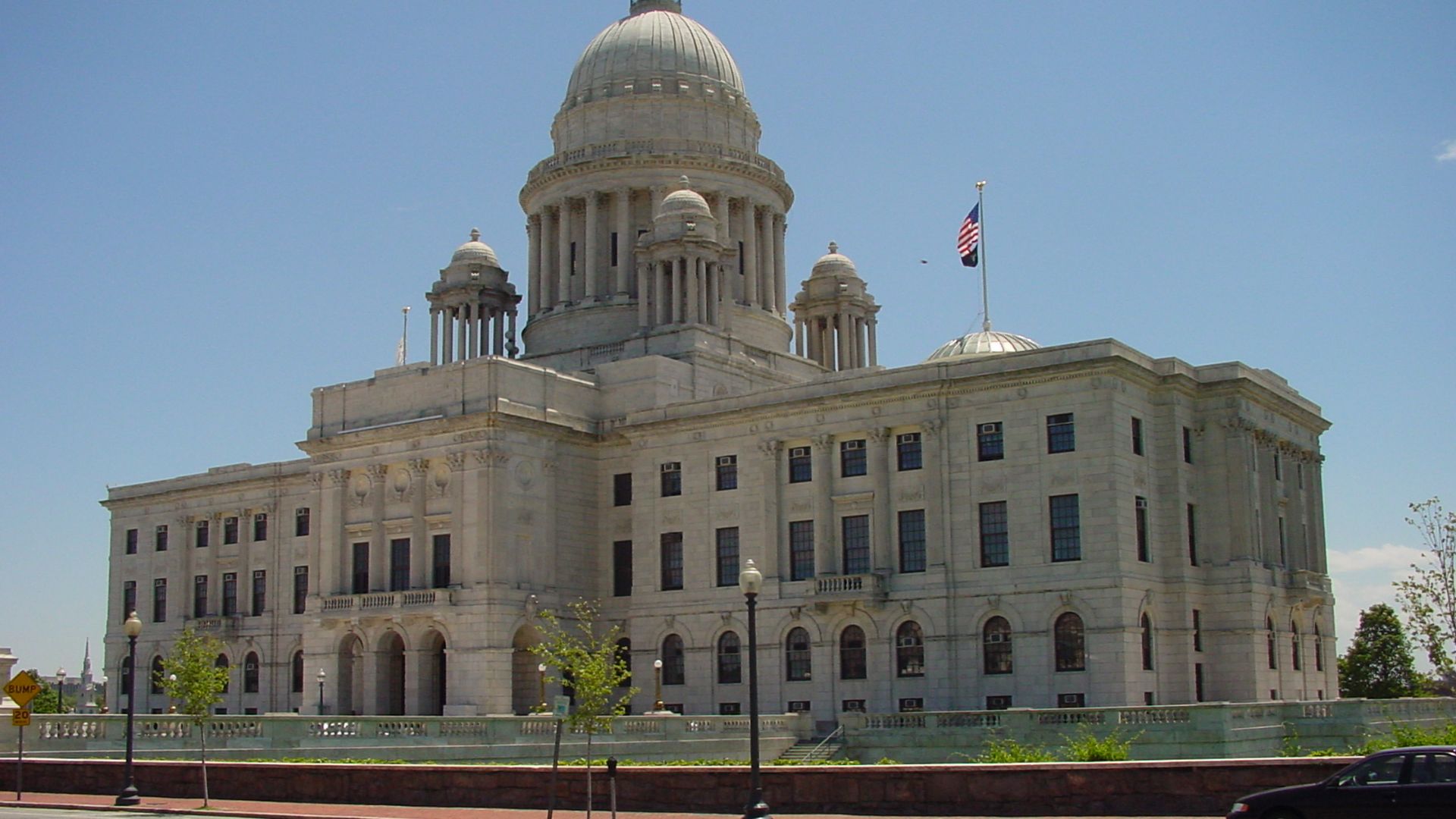 Garrett A. Wollman; upload by 121a0012, Wikimedia Commons
Garrett A. Wollman; upload by 121a0012, Wikimedia Commons
South Carolina
The Latin word “Carolus” or Charles, honored King Charles I when the Carolina colony was chartered in the 1600s. Division into northern and southern colonies came in 1712, creating South Carolina. The name refers to royal authority and the region’s historical separation from its northern neighbor.
 Anthony van Dyck, Wikimedia Commons
Anthony van Dyck, Wikimedia Commons
South Dakota
In 1889, the Dakota Territory was divided, giving rise to two states. The name, which means “ally” or “friend” in the Sioux language, provided the foundation for South Dakota’s name. While the word honors indigenous roots, it also recalls the displacement of tribes following America’s westward expansion.
Tennessee
Tennessee’s name was inspired by the Cherokee town of Tanasi. It was first recorded by the Spanish in the 16th century, and English settlers later adopted and altered the word. By the time Tennessee achieved statehood in 1796, the name symbolized the blending of native heritage with the expansion of colonial settlement.
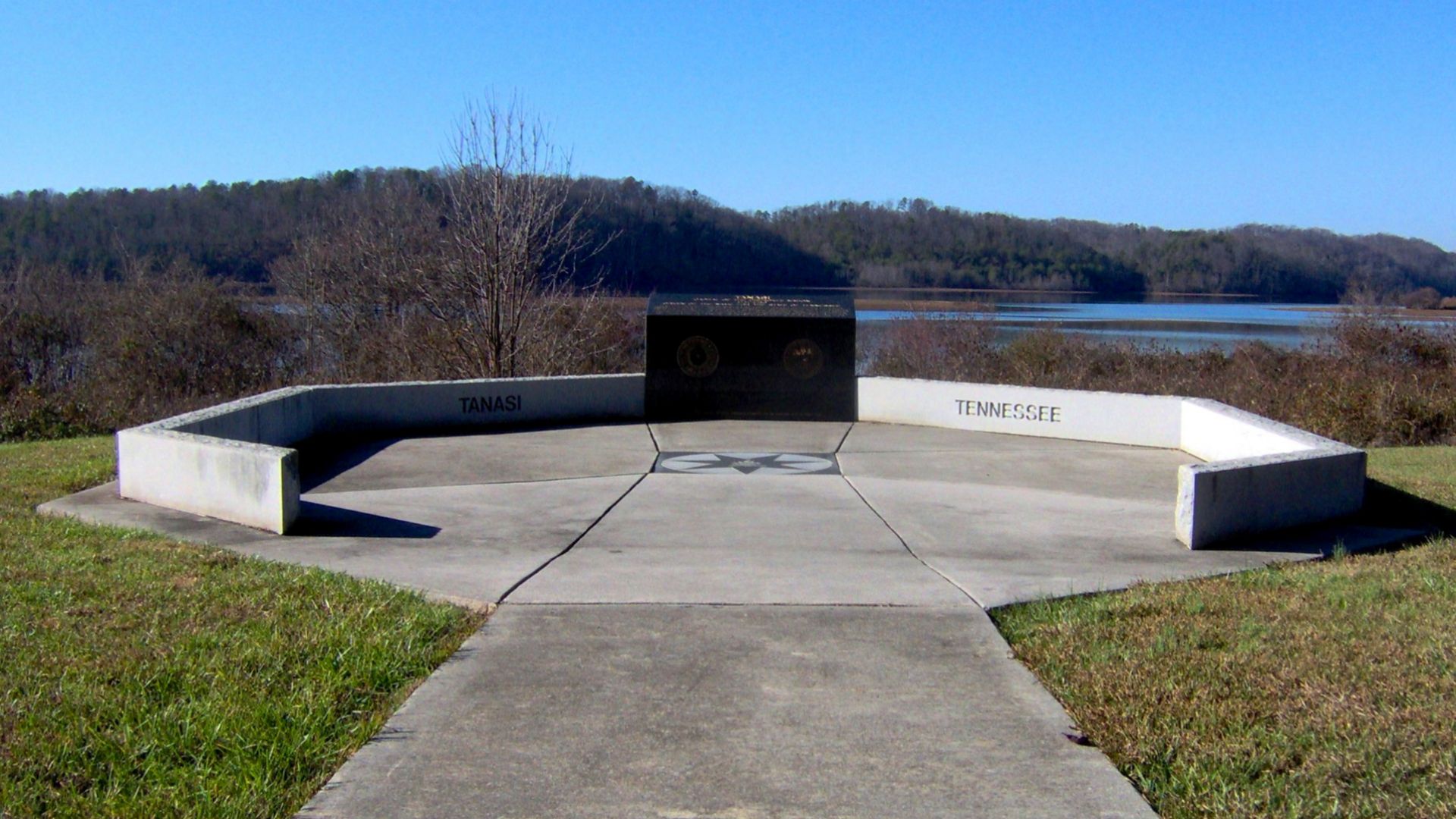 Brian Stansberry, Wikimedia Commons
Brian Stansberry, Wikimedia Commons
Texas
The Caddo word “taysha,” meaning “friends” or “allies,” gave rise to the name Texas. Spanish settlers adopted the term during their early interactions with Caddo peoples. When Texas entered the Union in 1845, the word carried forward, honoring both native culture and the state’s reputation for independence.
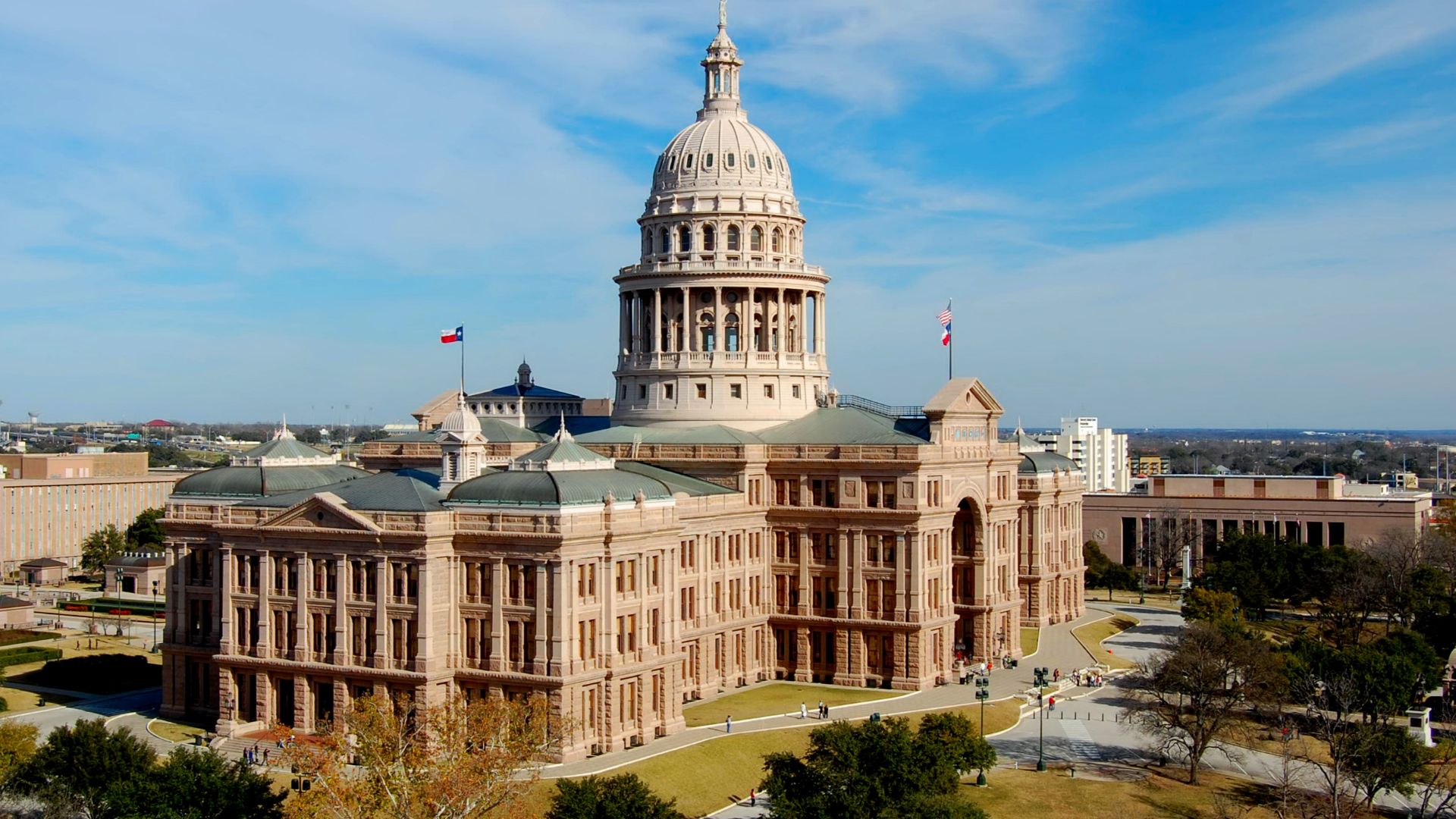 LoneStarMike, Wikimedia Commons
LoneStarMike, Wikimedia Commons
Utah
Derived from the Ute people, Utah’s name reflects the tribe whose homelands stretched across the region. The word is often interpreted as “people of the mountains”. Spanish travelers recorded it, and later American settlers preserved it when the territory became a state in 1896.
Vermont
French settlers coined the name from “vert mont,” meaning “green mountain”. The phrase described the forested ridges that dominated the land. Adopted officially when Vermont declared independence in 1777, the title is both a geographic description and a lasting symbol of the state’s rugged natural character.
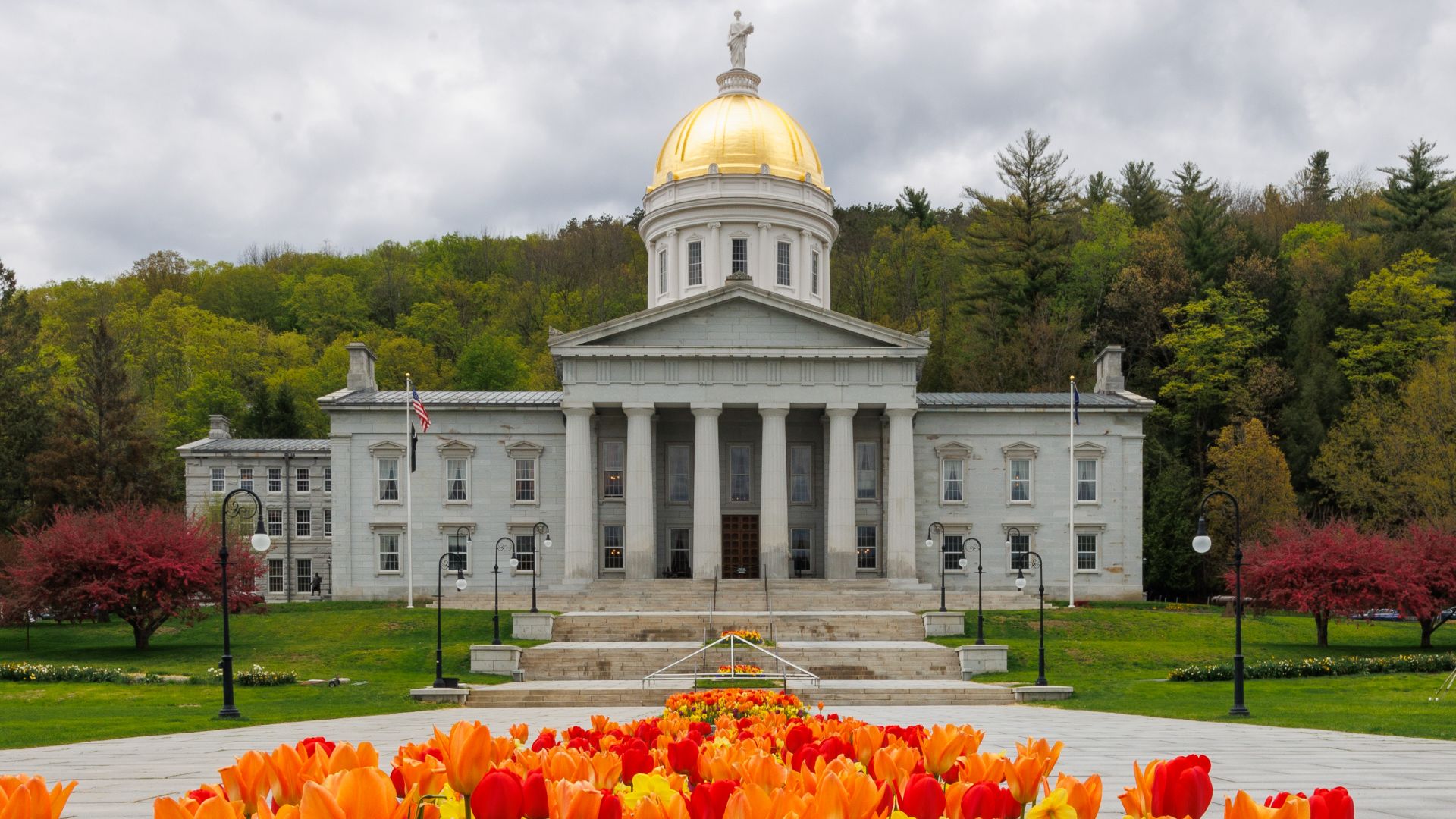 Kenneth C. Zirkel, Wikimedia Commons
Kenneth C. Zirkel, Wikimedia Commons
Virginia
Queen Elizabeth I of England, celebrated as the “Virgin Queen,” inspired Virginia’s name. The title was first applied by Sir Walter Raleigh in 1584 to lands claimed for England. It later identified one of the original colonies, emphasizing loyalty to the crown.
Washington
This is the only state named for a US president, as Washington honors George Washington. Congress selected the name in 1853 when creating the territory from northern Oregon lands. Adopted officially at statehood in 1889, the title reflects reverence for America’s founding figure and distinguishes the region with a national symbol.
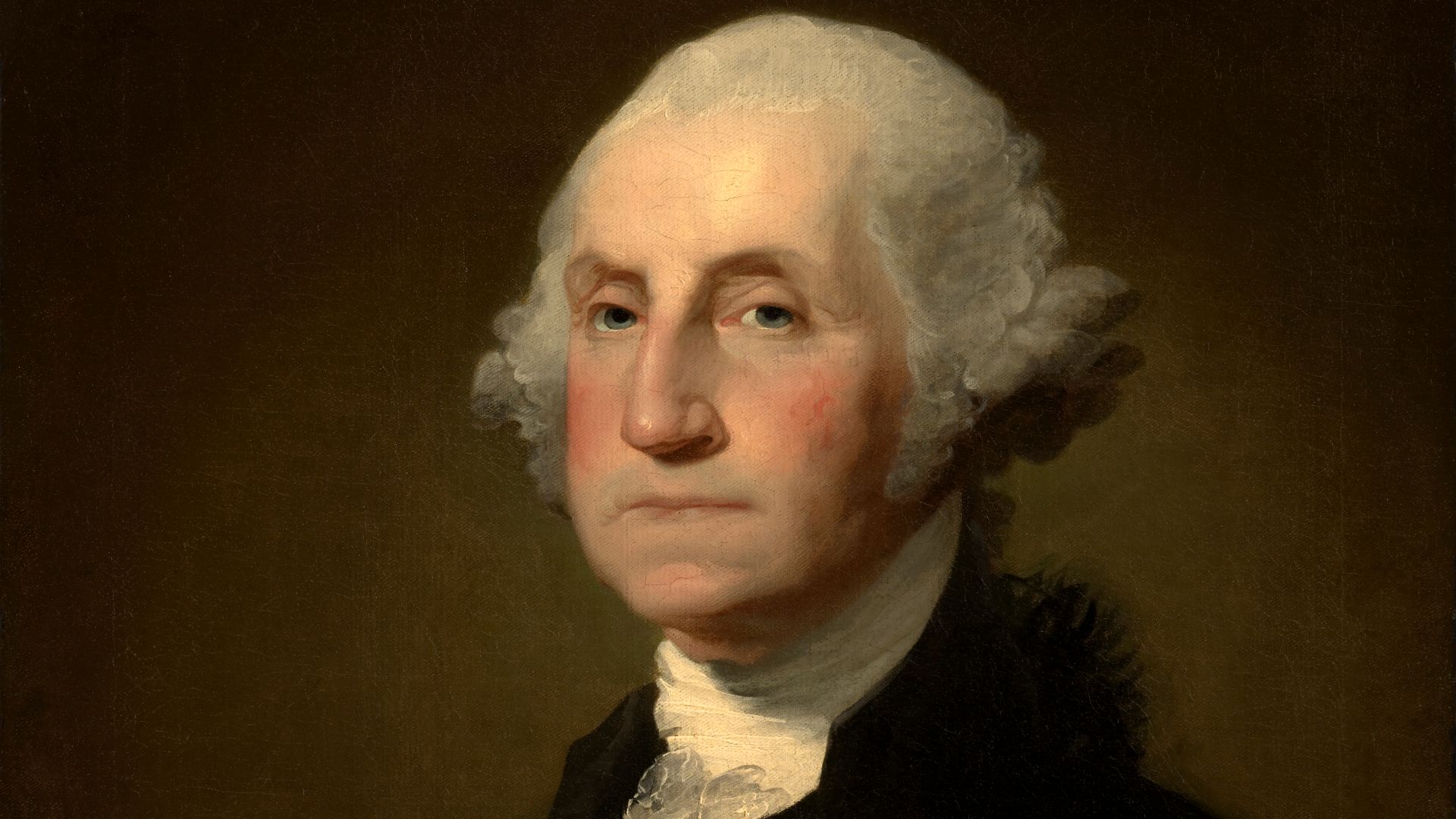 Gilbert Stuart, Wikimedia Commons
Gilbert Stuart, Wikimedia Commons
West Virginia
The American Civil War led to West Virginia’s creation in 1863, when western counties of Virginia opposed secession. The new state retained part of the original name while asserting independence. Its title highlights division, loyalty to the Union, and the impact of regional conflict on national geography.
 Daniel G Rego, Wikimedia Commons
Daniel G Rego, Wikimedia Commons
Wisconsin
An Algonquian word recorded by French explorer Jacques Marquette in 1673 provided Wisconsin’s name. Thought to mean “grassy place” or “gathering of waters,” it originally described the Wisconsin River. The spelling evolved through French and English usage, and by statehood, it symbolized native heritage and defining nature.
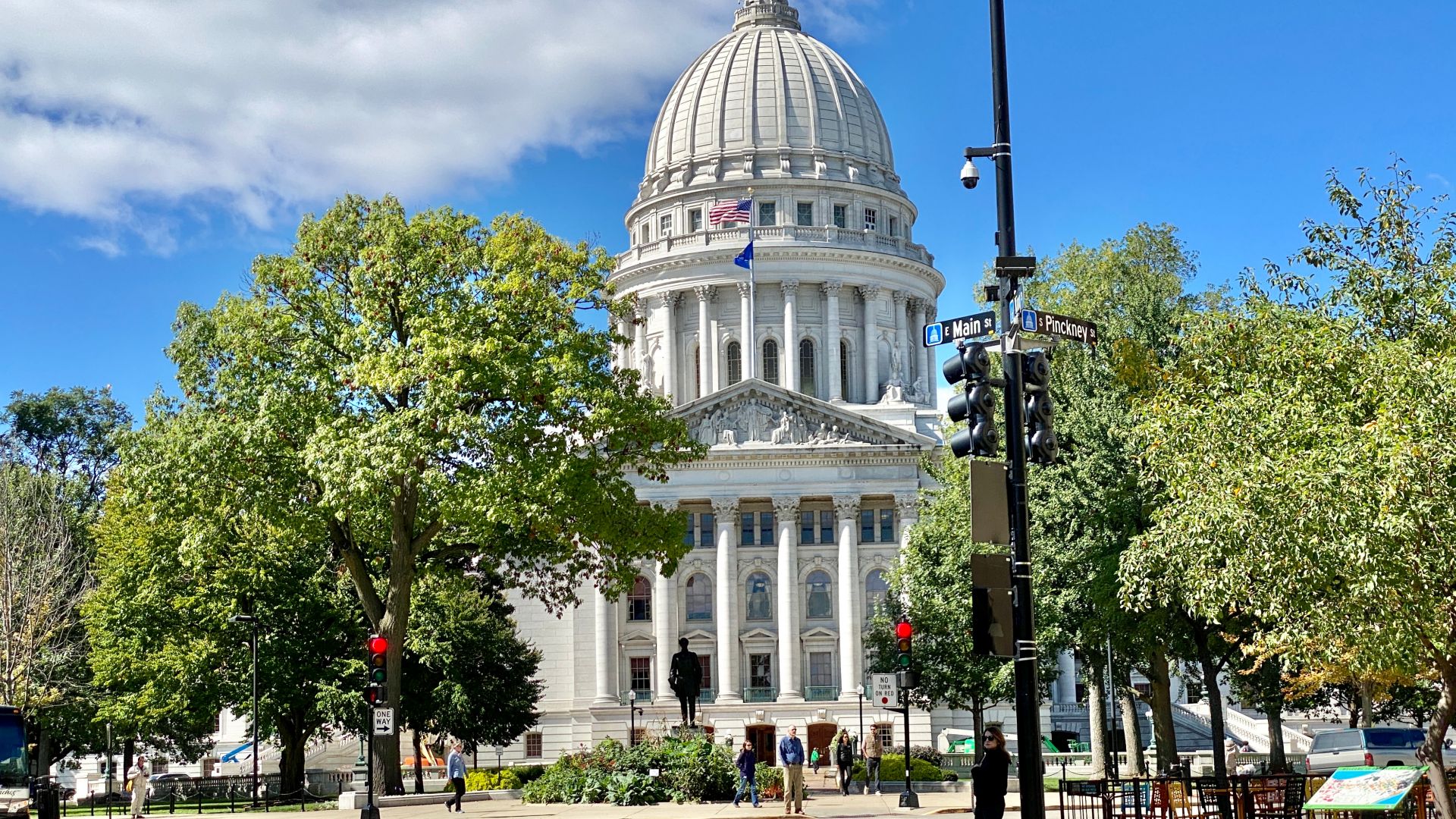 Warren LeMay from Covington, KY, United States, Wikimedia Commons
Warren LeMay from Covington, KY, United States, Wikimedia Commons
Wyoming
The name Wyoming comes from a Munsee Delaware word that translates to “at the big river flat”. Originally associated with Pennsylvania’s Wyoming Valley, the name was later applied to the western territory. It entered statehood in 1890 with this name that highlights its indigenous origins.
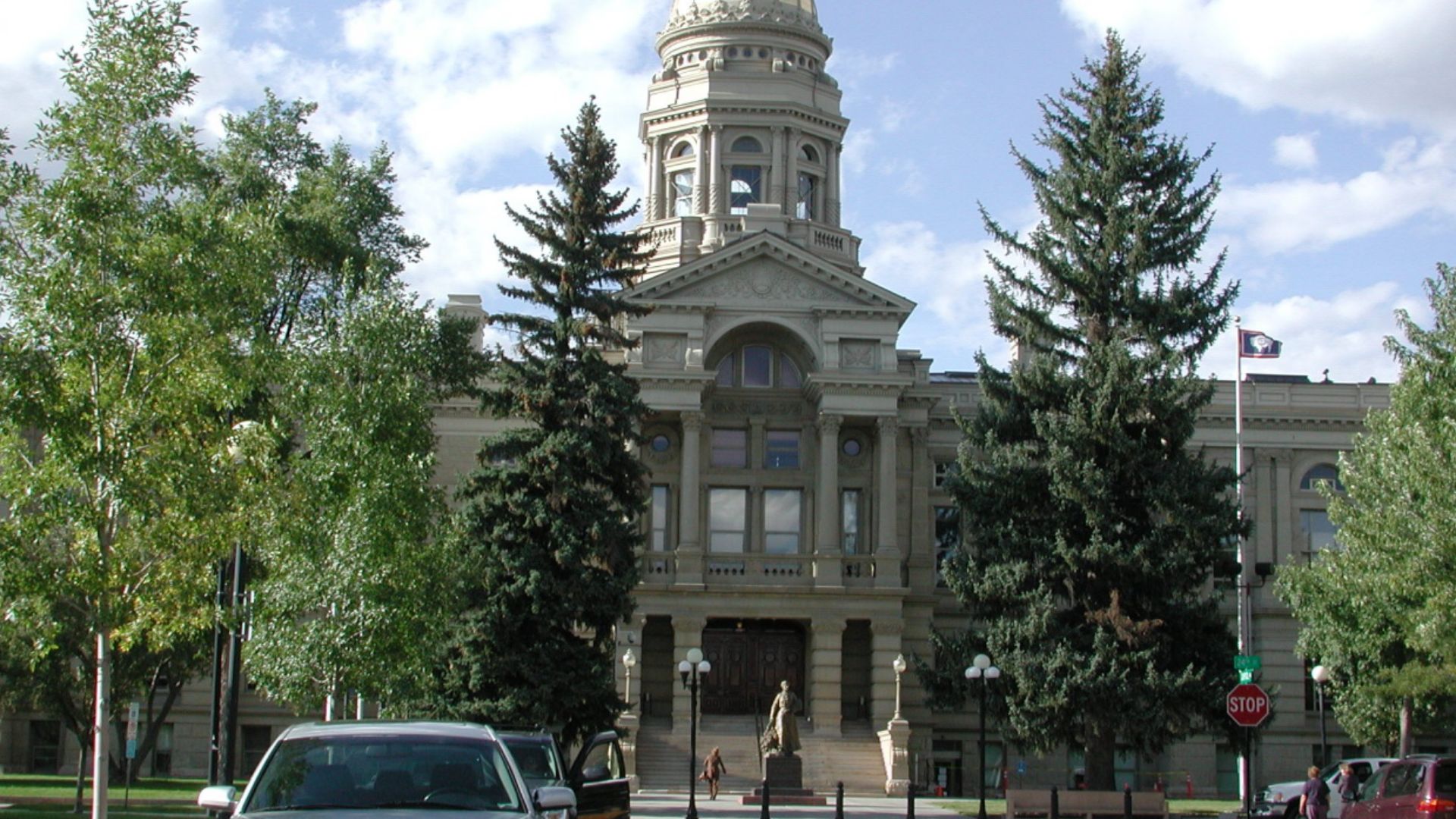 Cliff from I now live in Arlington, VA (Outside Washington DC), USA, Wikimedia Commons
Cliff from I now live in Arlington, VA (Outside Washington DC), USA, Wikimedia Commons

